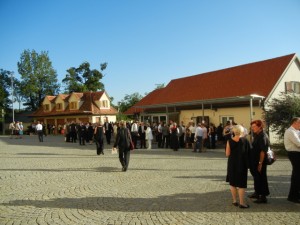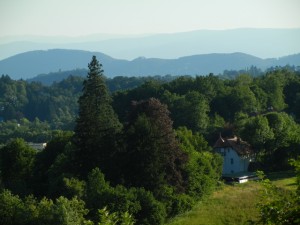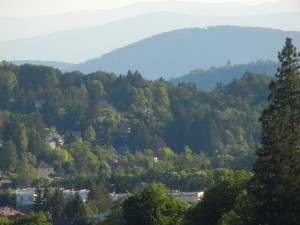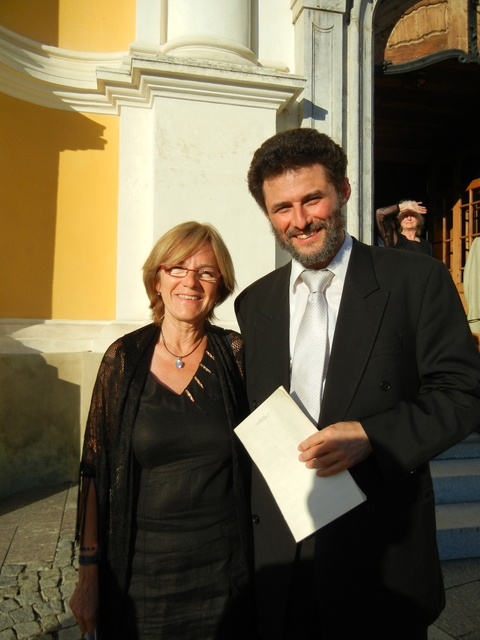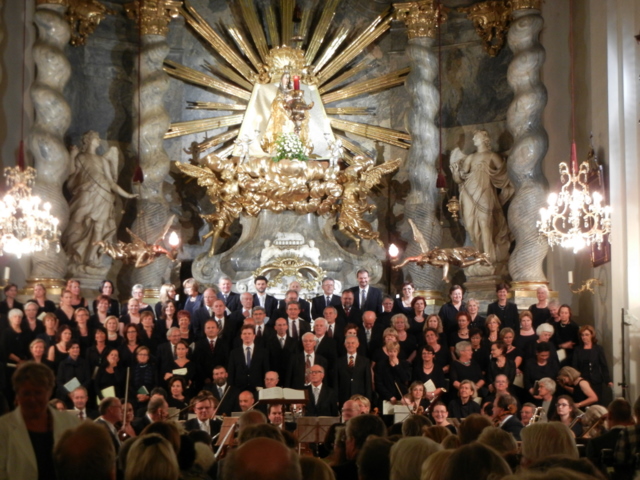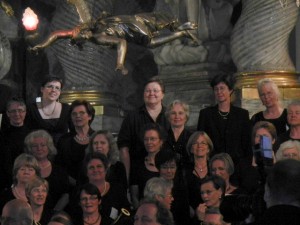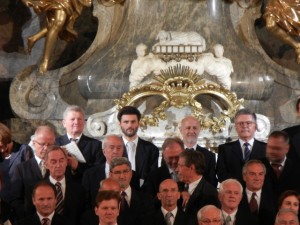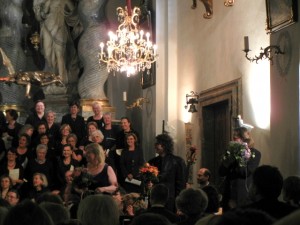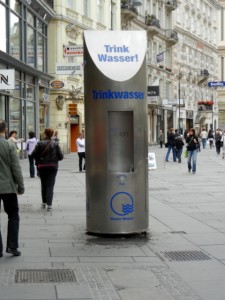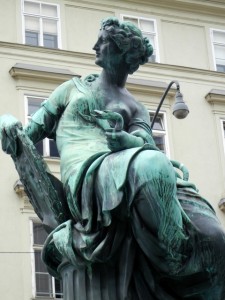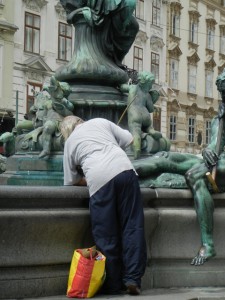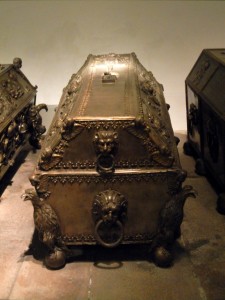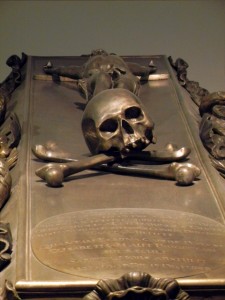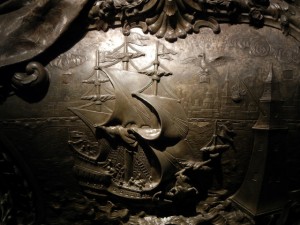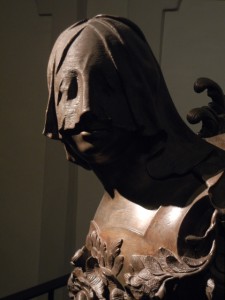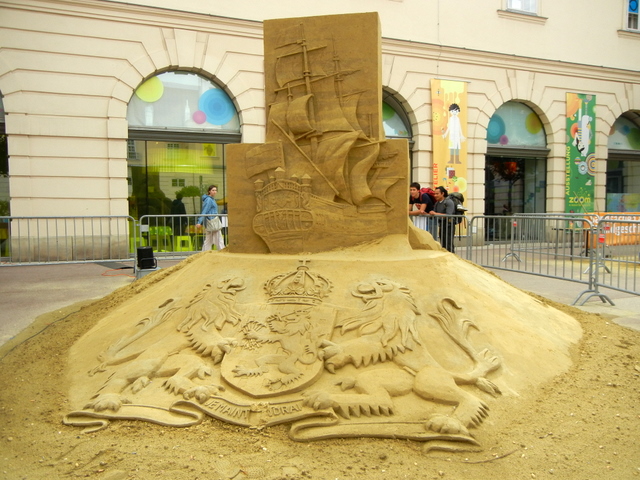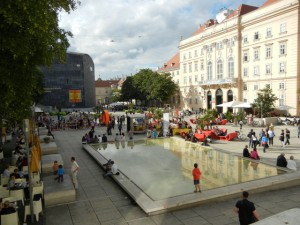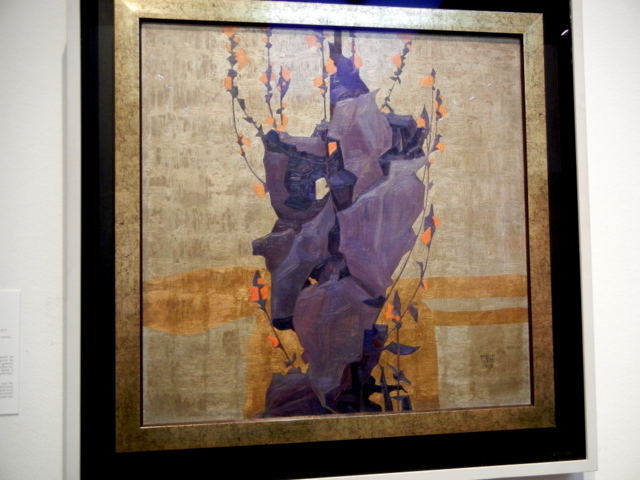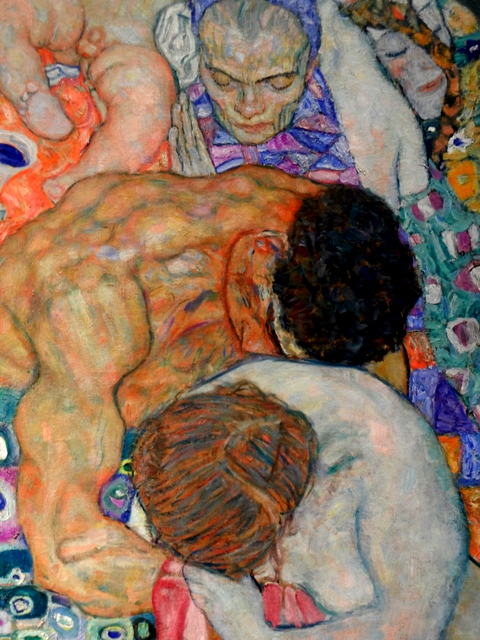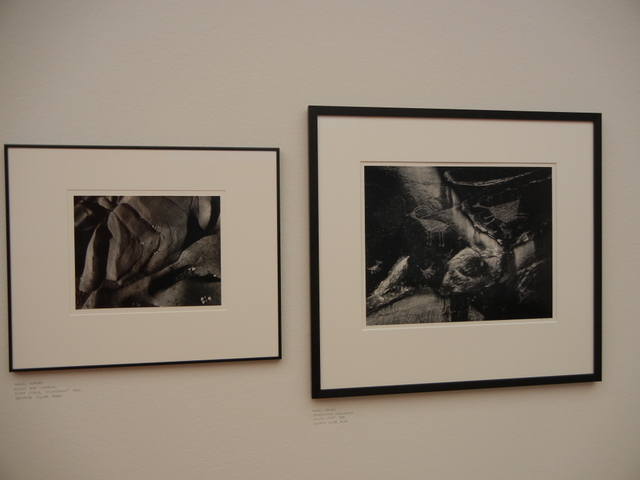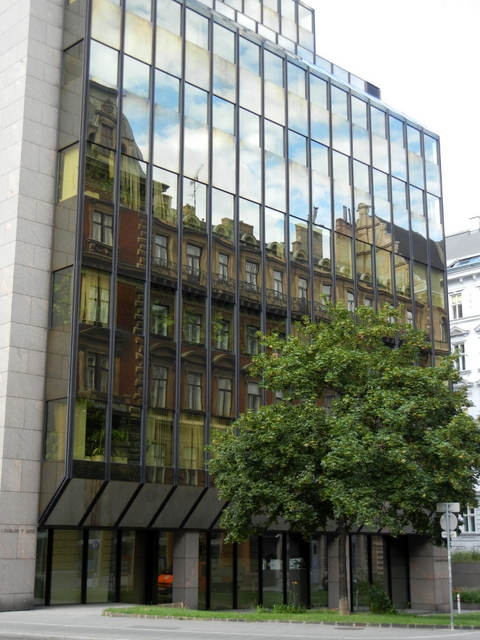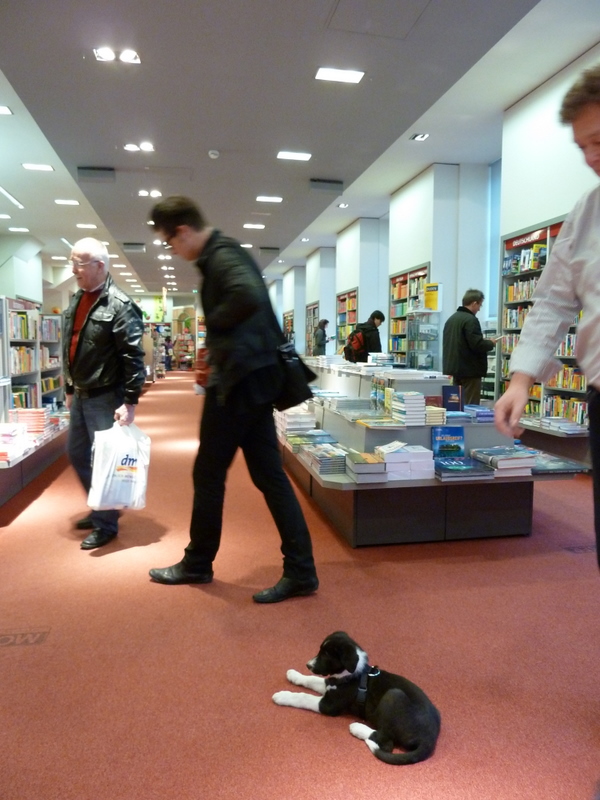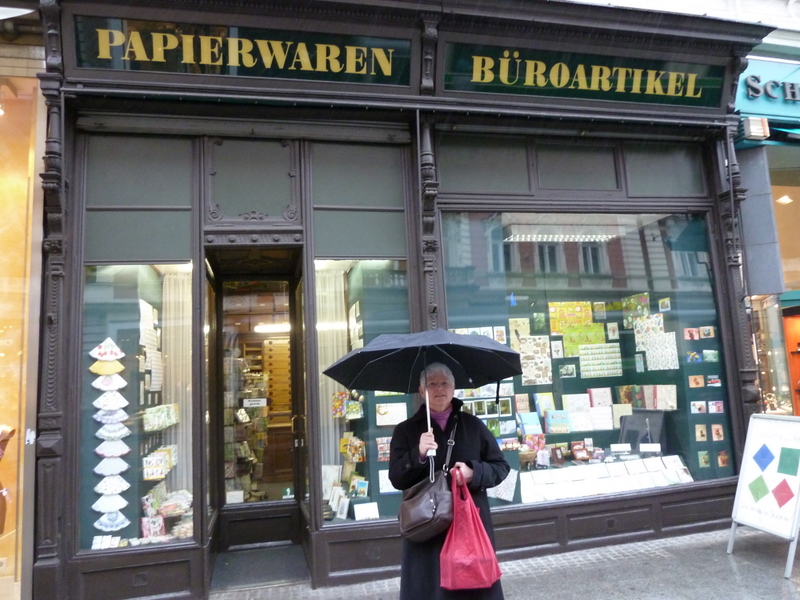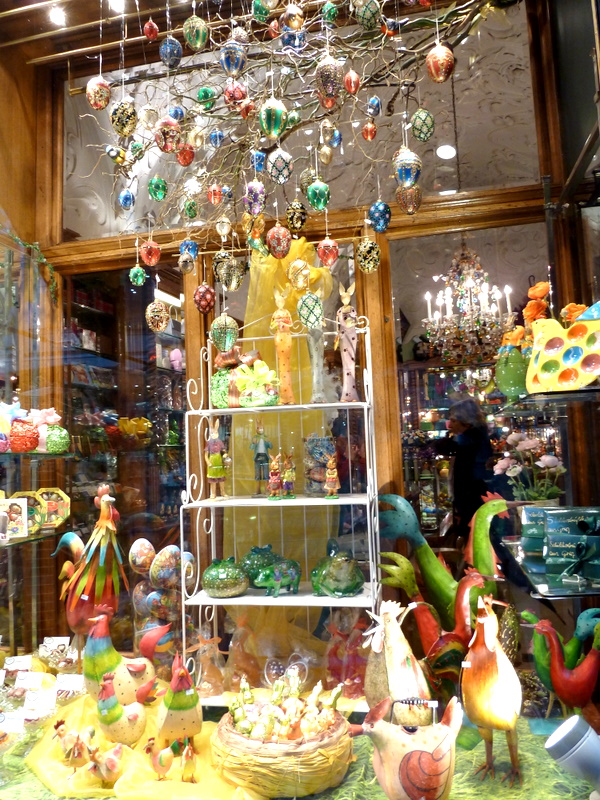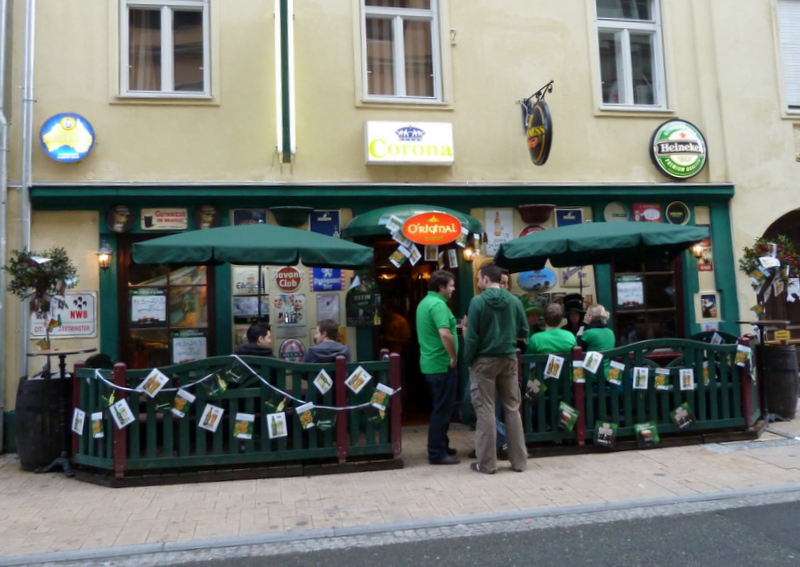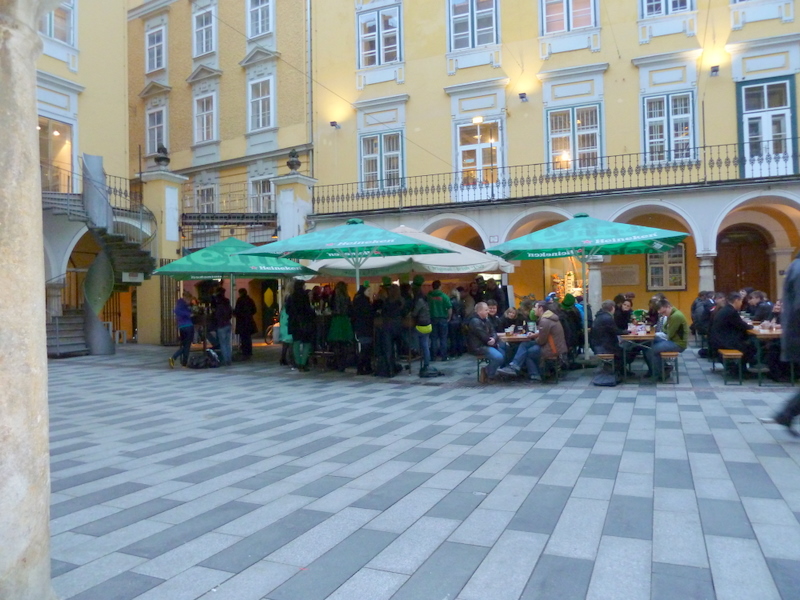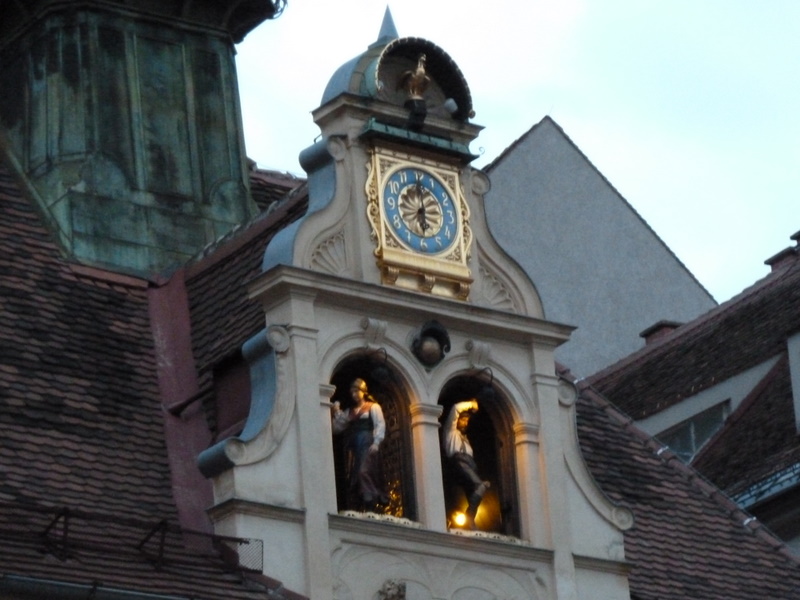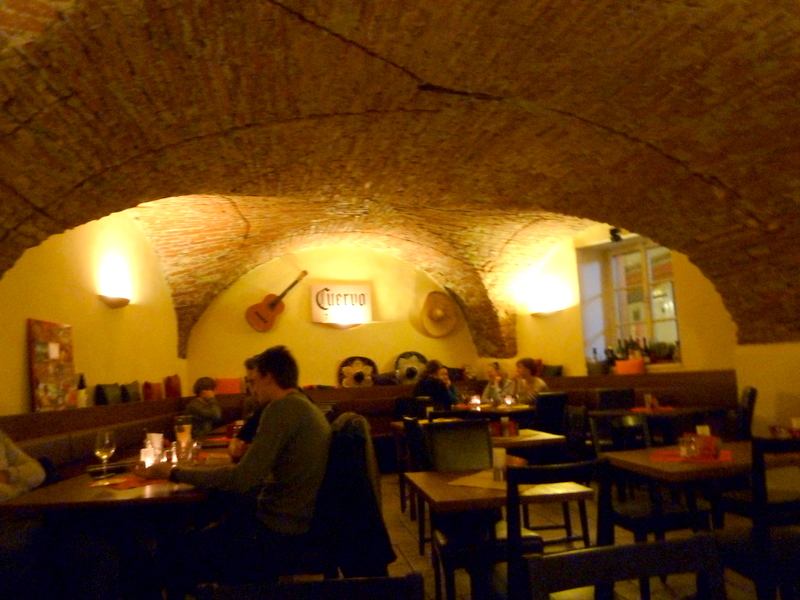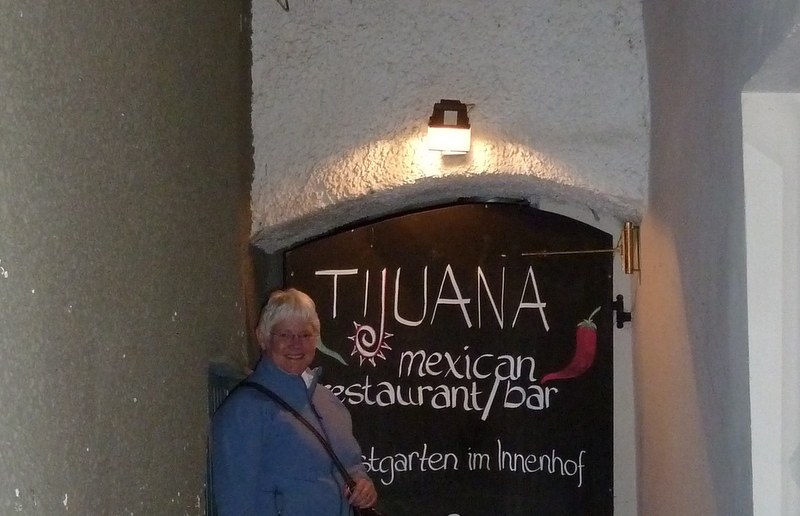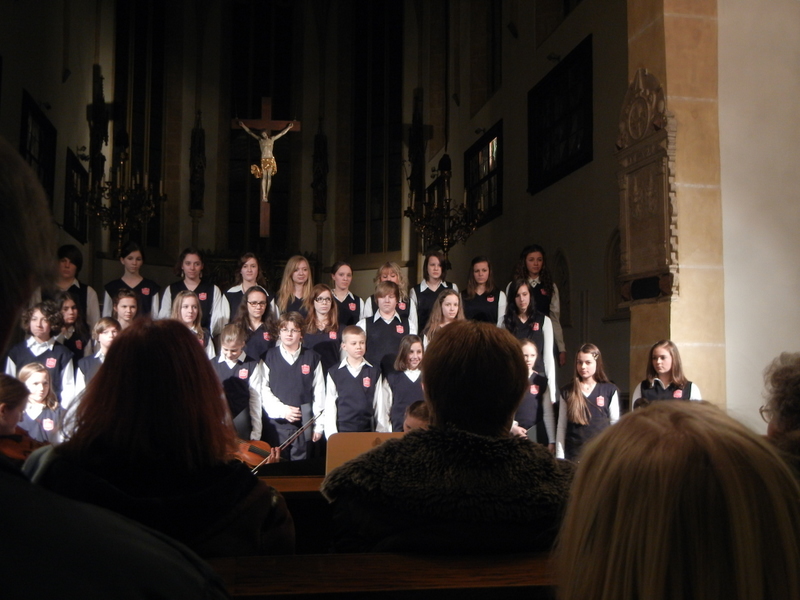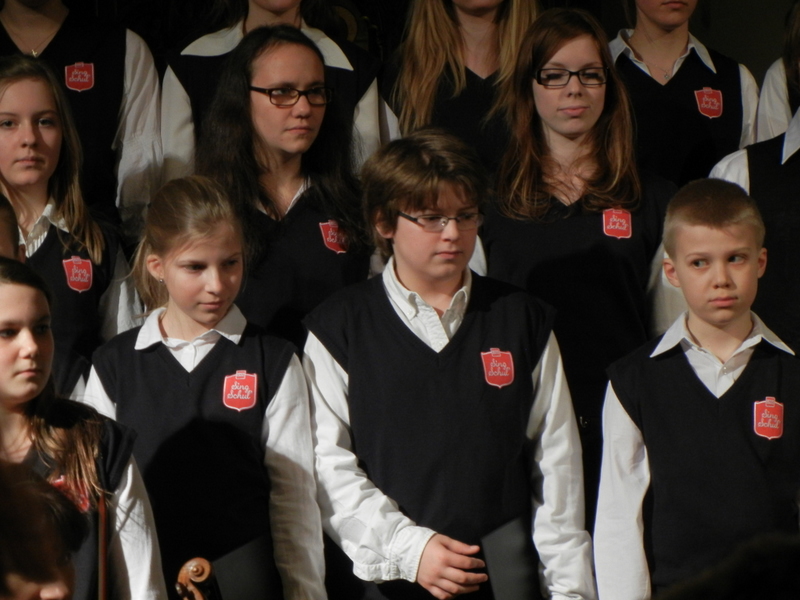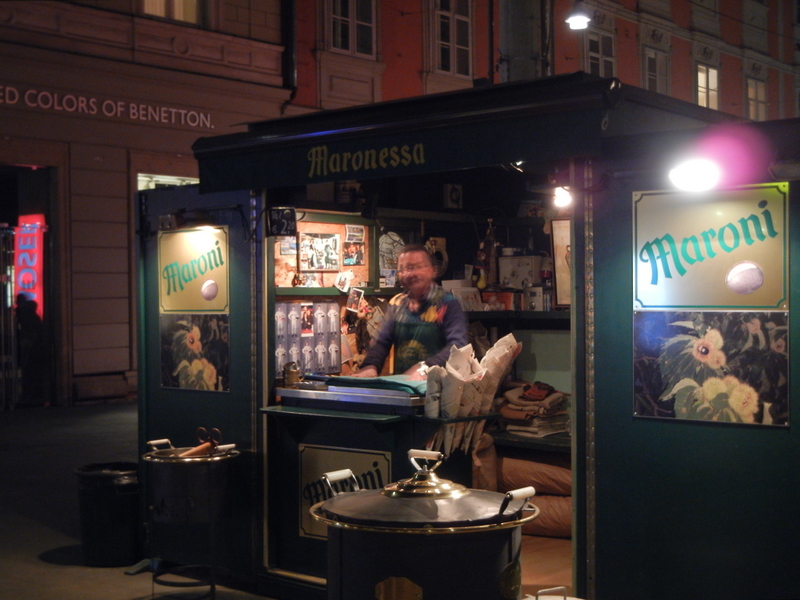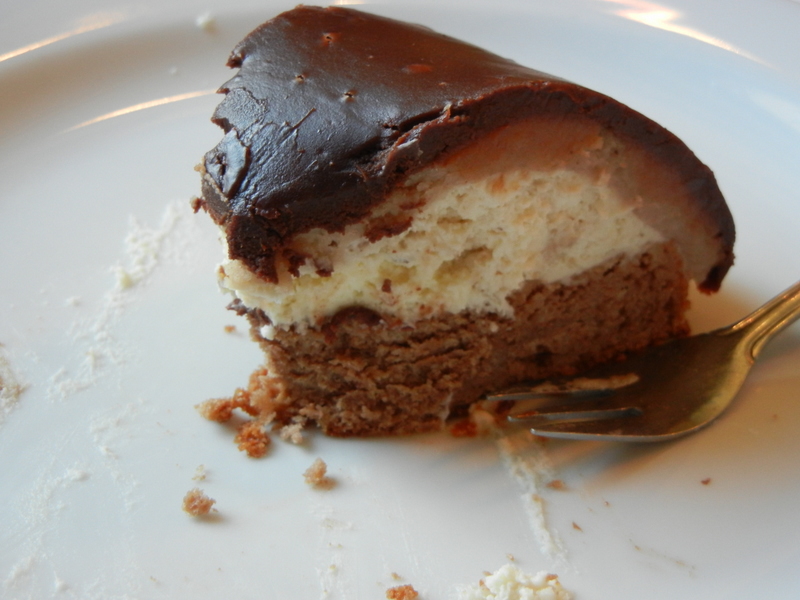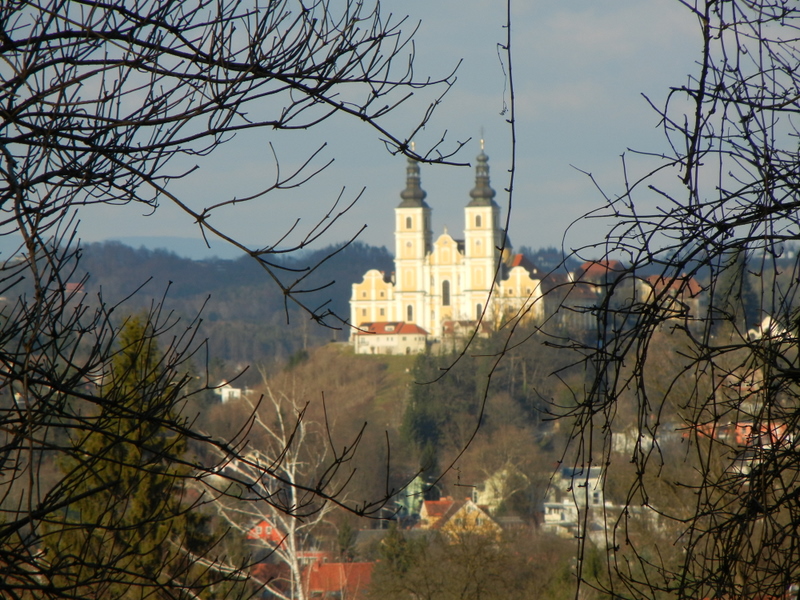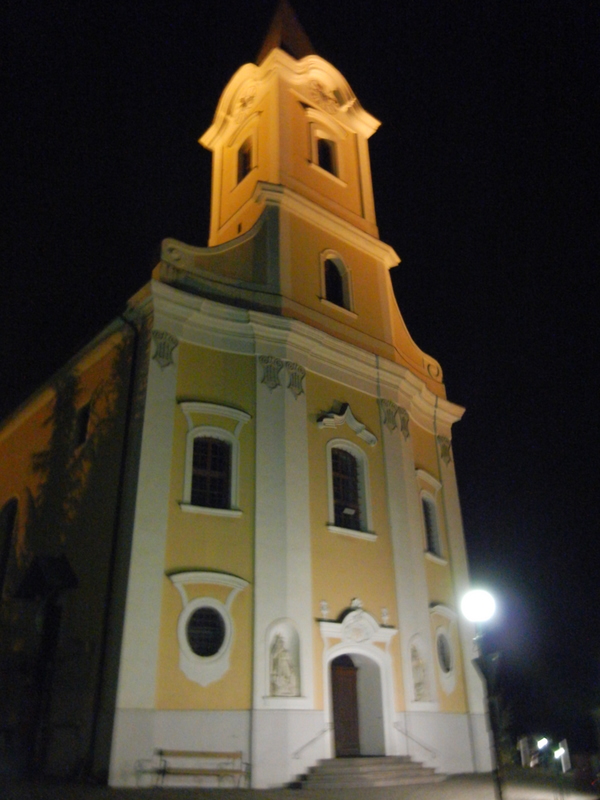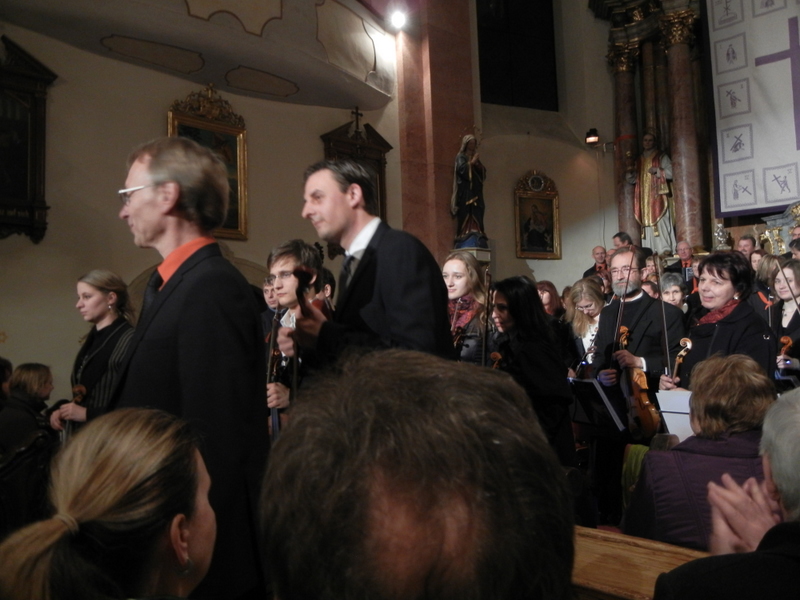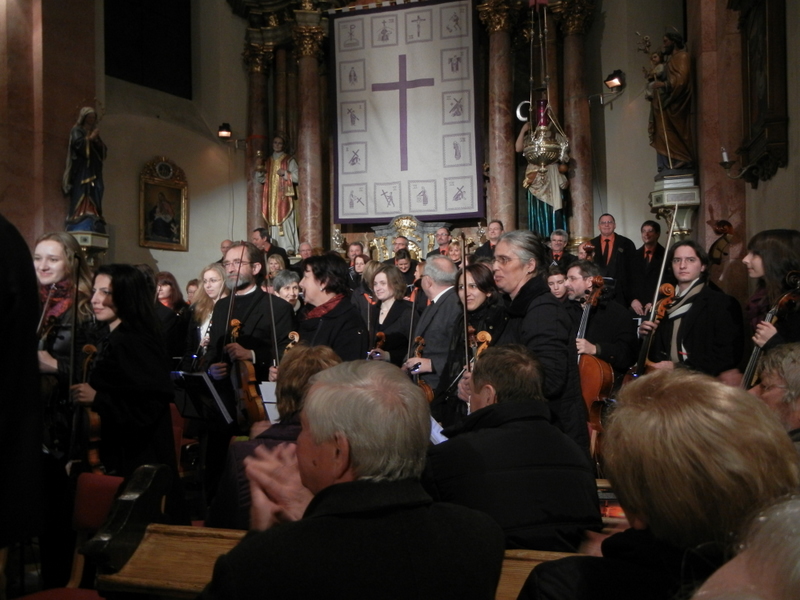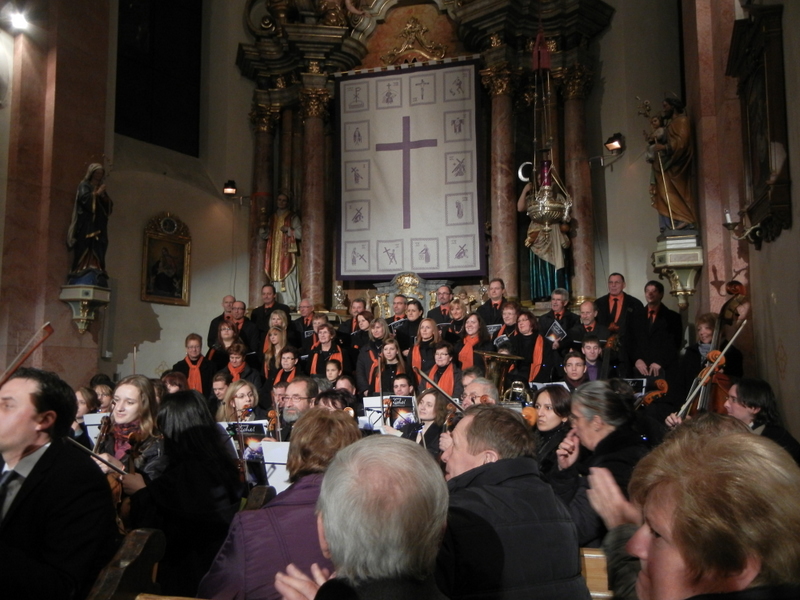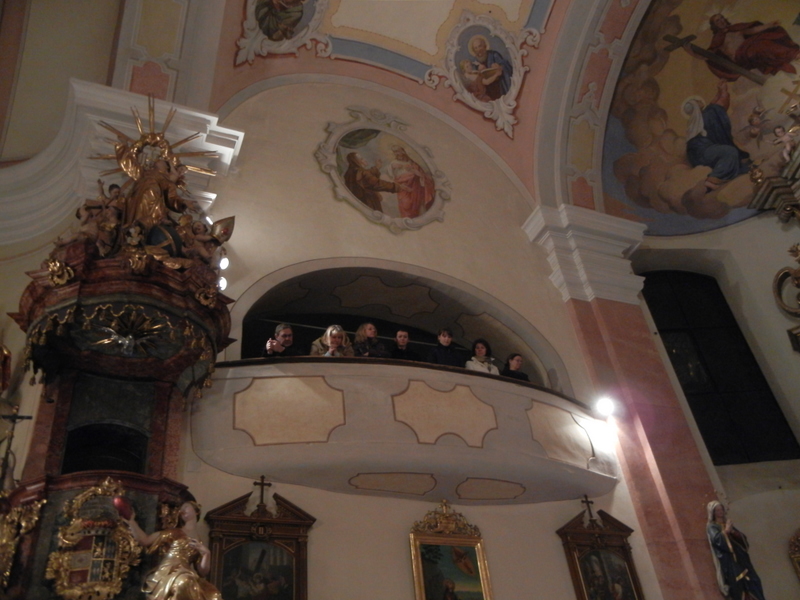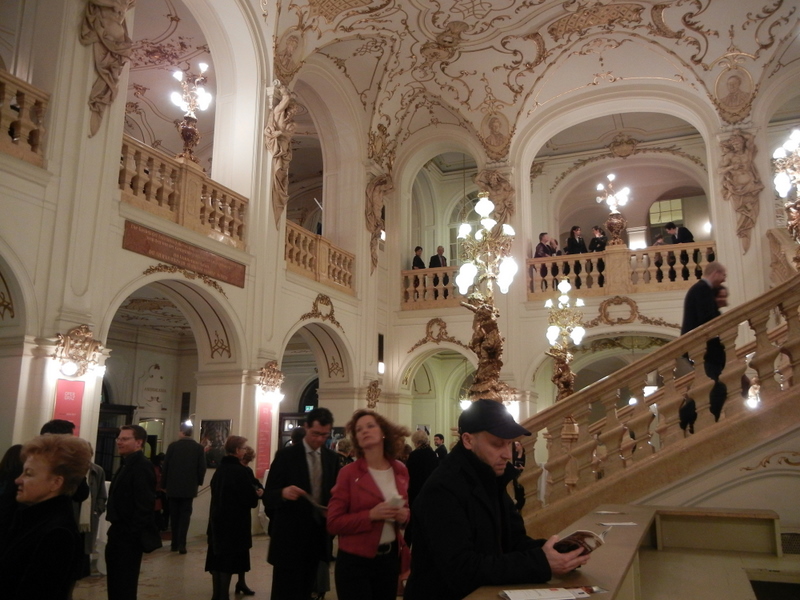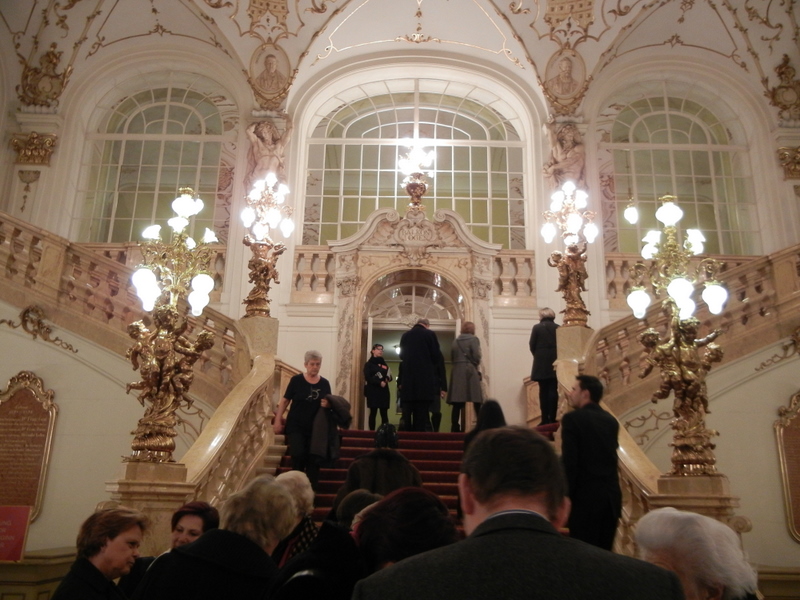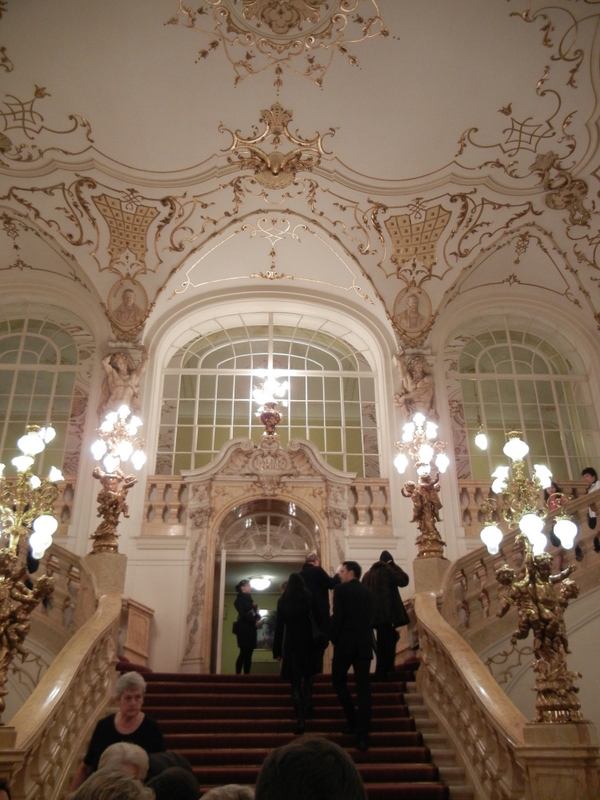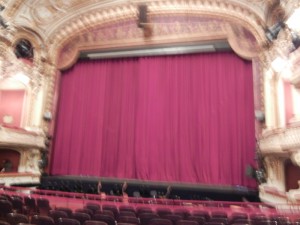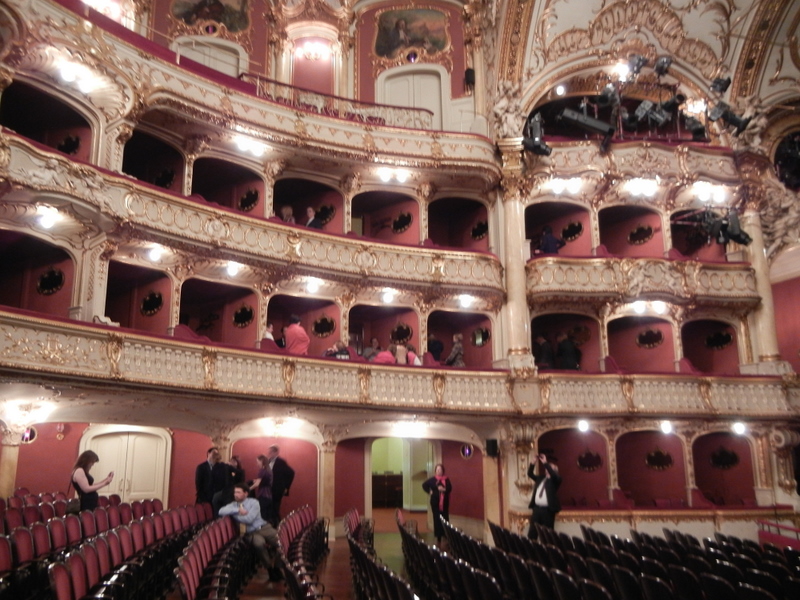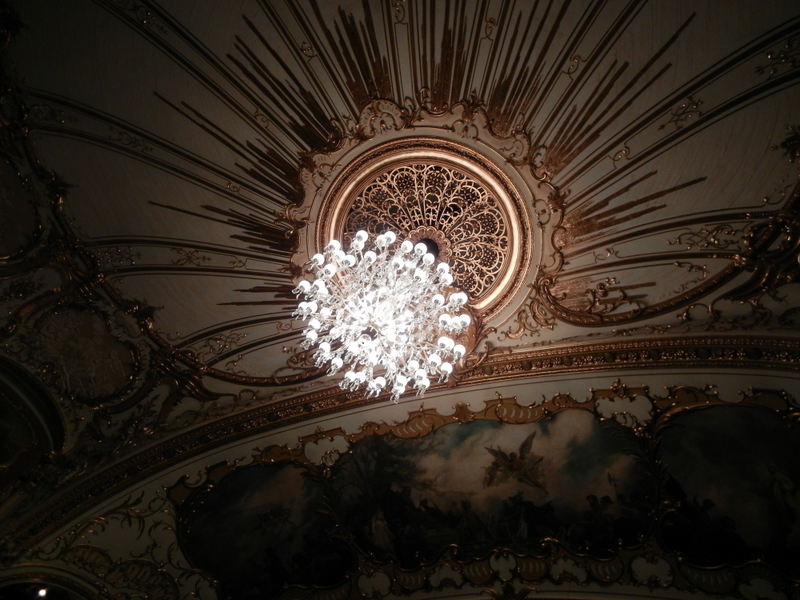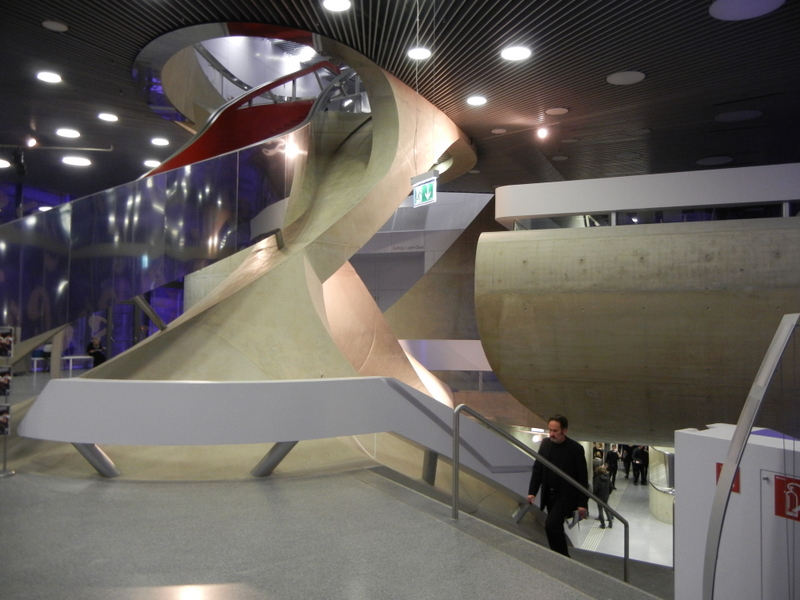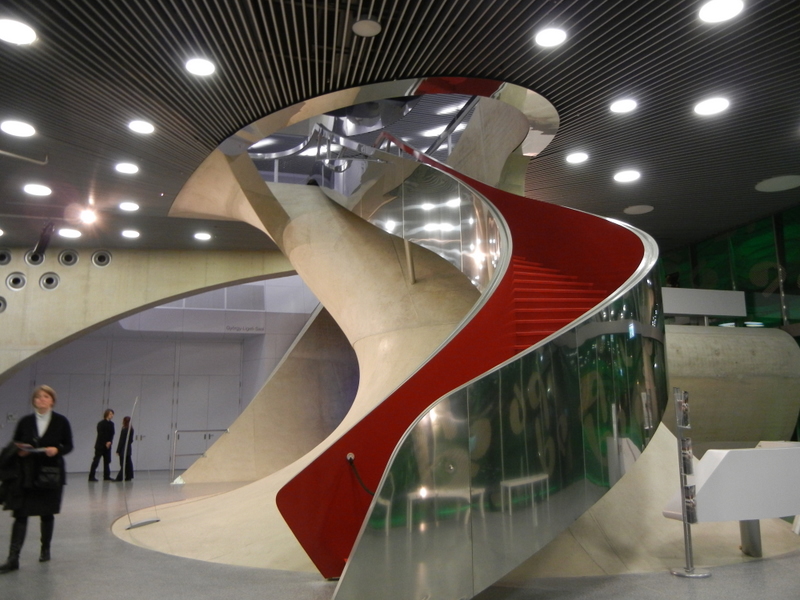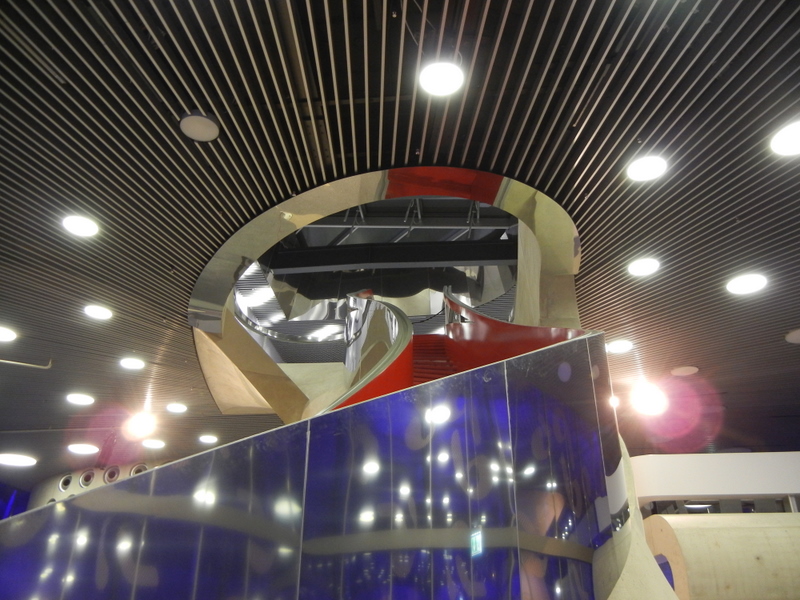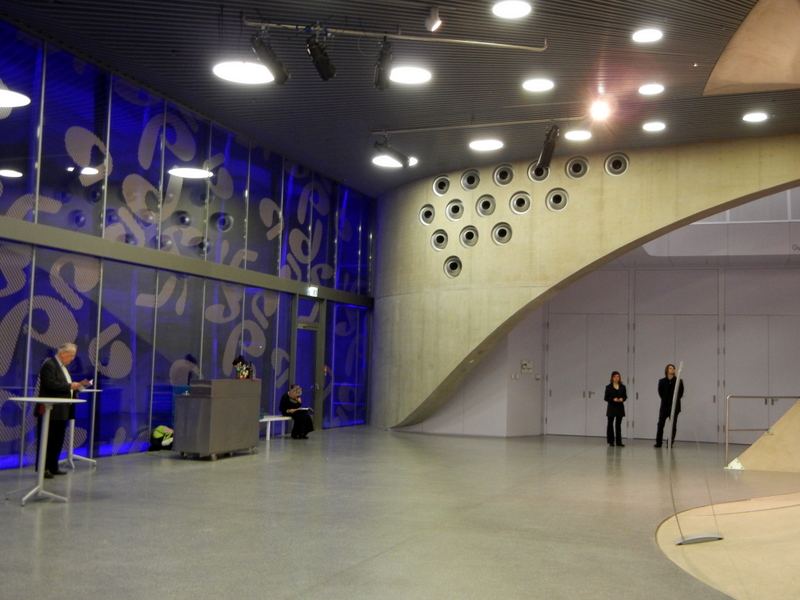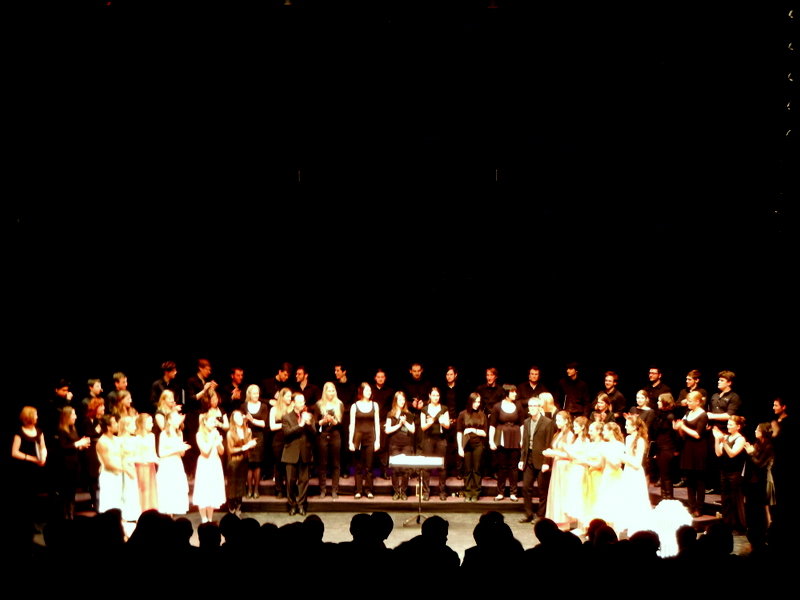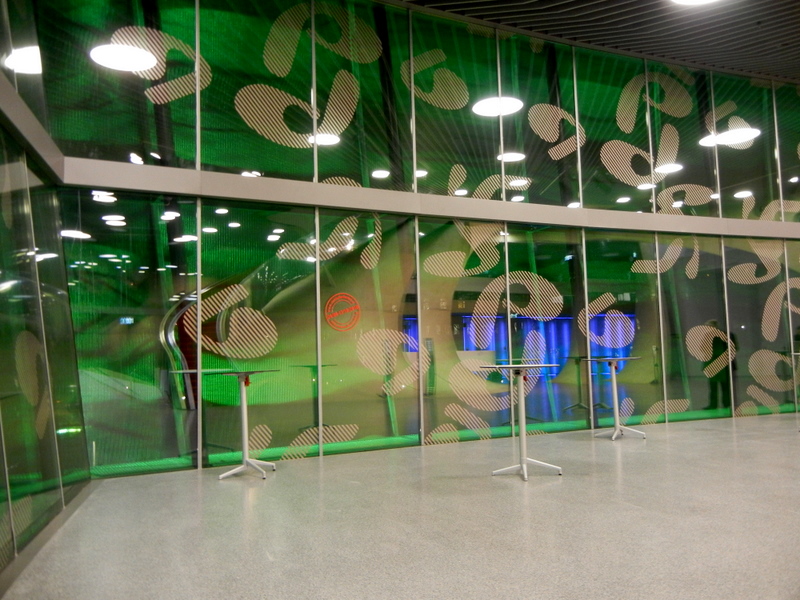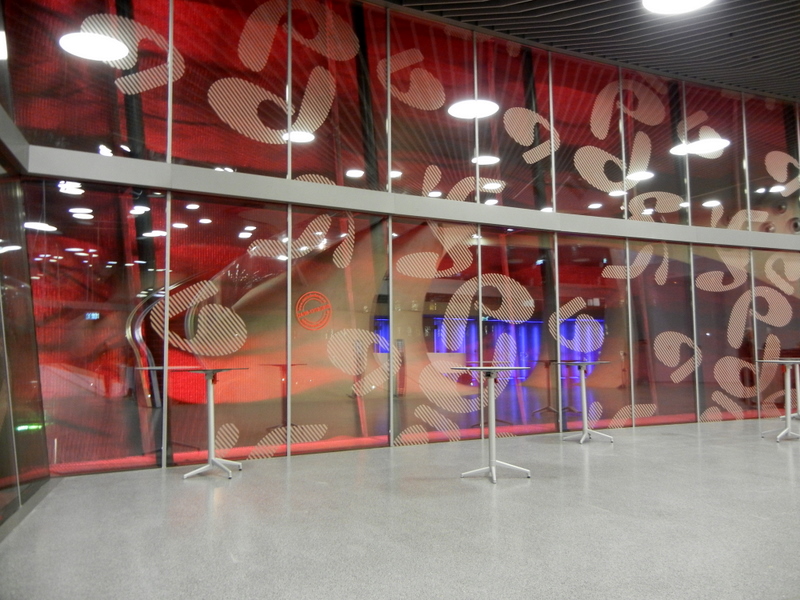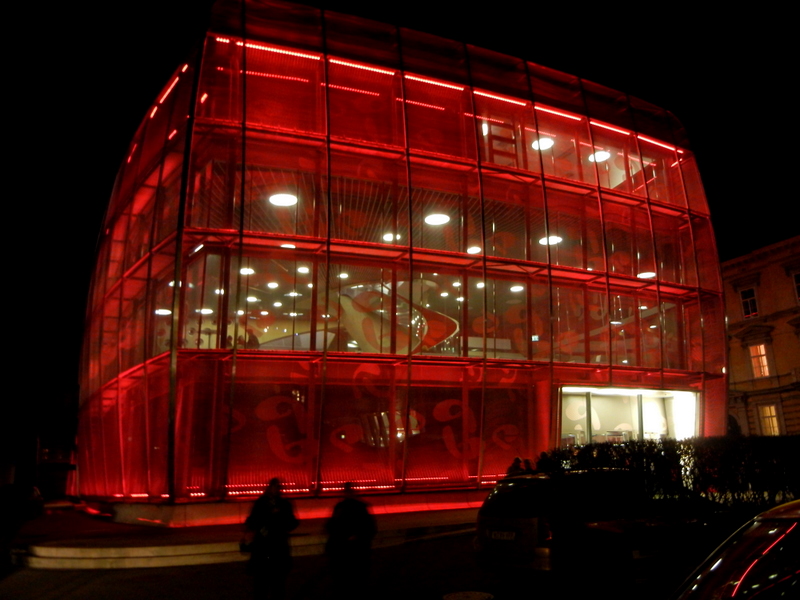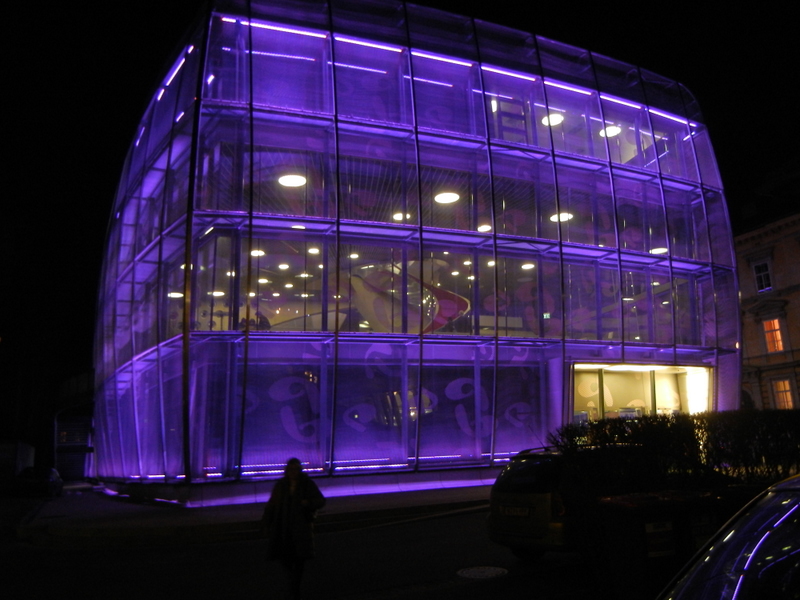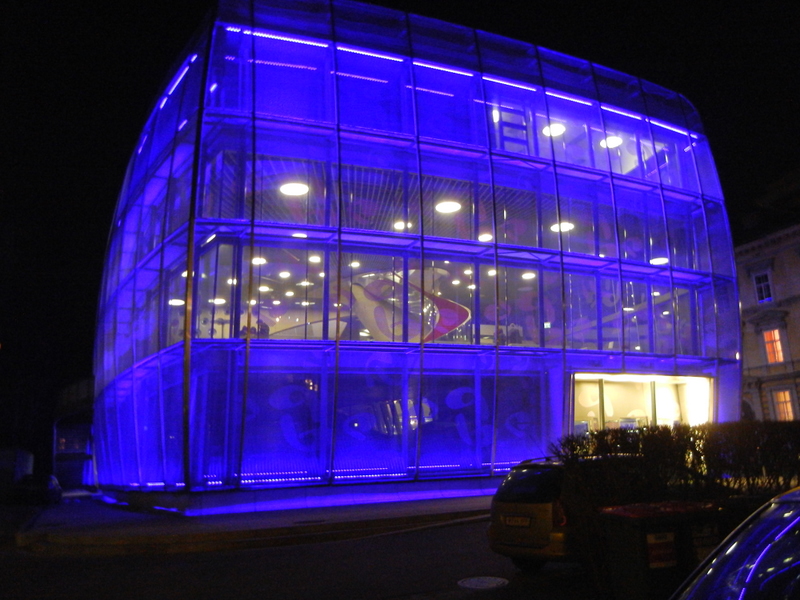The Schlossberg or city castle/fortress is the predominant visual point in Graz skyline. Actually, there are two castles…the inner city castle and the Schloss Eggenberg, at the western edge of the city. It was the Schlossberg we were heading toward on Saturday and is the feature you see on the banner photo of this blog.
To get there, though, you need to wind your way around the streets of old Graz. The city dates back to 1128 or 1129 (first mention), achieving walled town status in 1230. Graz was the imperial residence under Friedrich III in the mid-1400’s, so not only are there examples of Gothic architecture but numerous Renaissance and Baroque structures also.
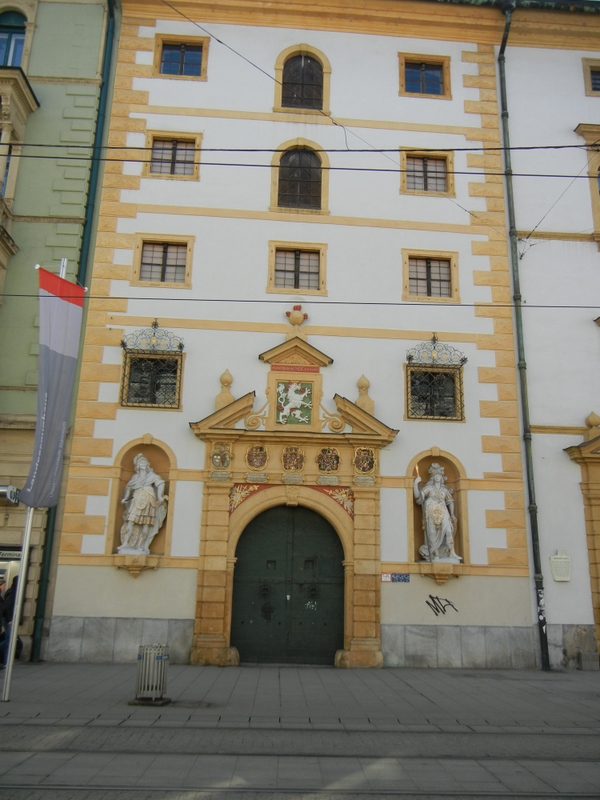
one of the intersting buildings we passed - note the emblem of Styria above the door
The streets were filled with shoppers, families and street musicians. Stores were having ‘sidewalk’ sales, winter clothes 1/2 -off! (unfortunately that didn’t extend to the shoes and shoes are the coolest clothing item I’ve seen in Austria, so far!)
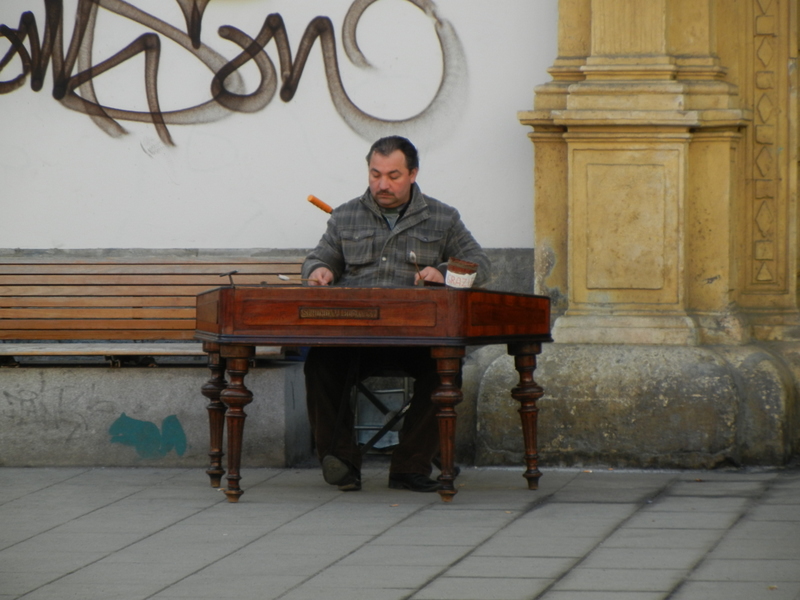
Hammered dulcimer player - I've never seen one busking before!
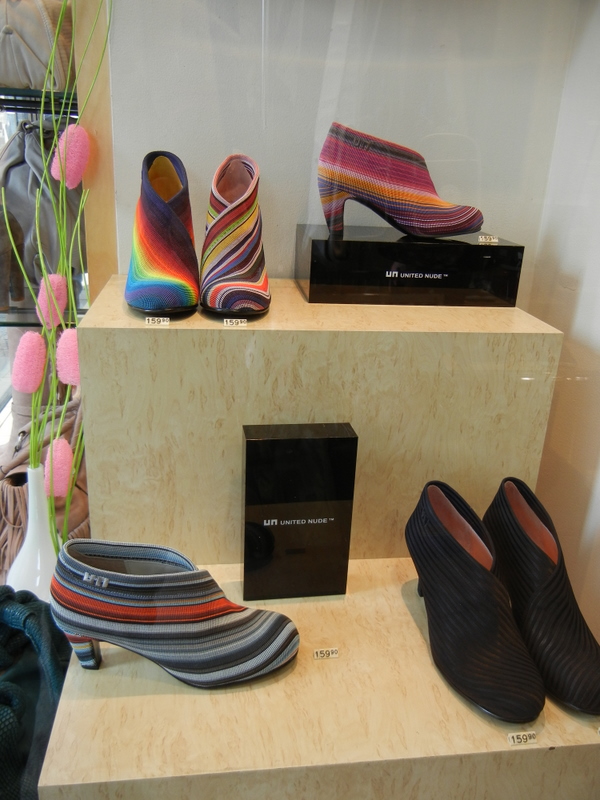
self-explanatory
We found the ‘Good Food Store’ of Graz! I will probably never be able to find it again!
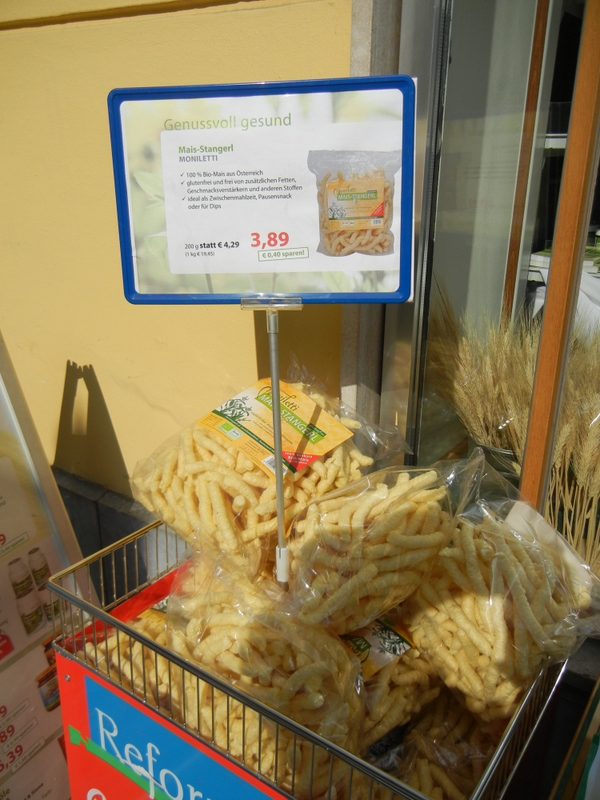
near as we could tell these are gluten free corn puffs!
Just before we headed up to road to the Schloß, we found another church. This one was immediately captivating, being an Oases of Quiet!
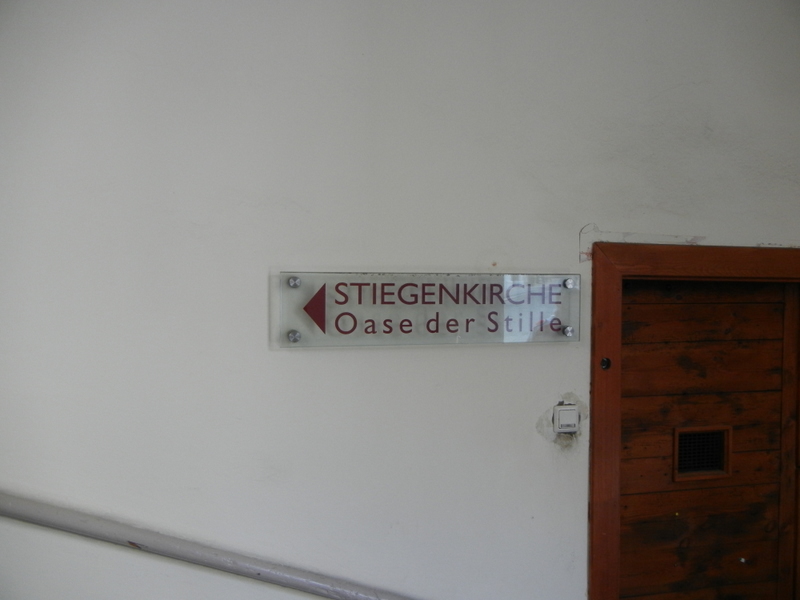
an oases of quiet
The Stiegenkirche is actually one of the oldest churches in Graz, dating back to 1343. It’s known chiefly as a church for students. How very different its interior was from the Stadtpfarrkirche! And interesting access, up two whole flight of steps!
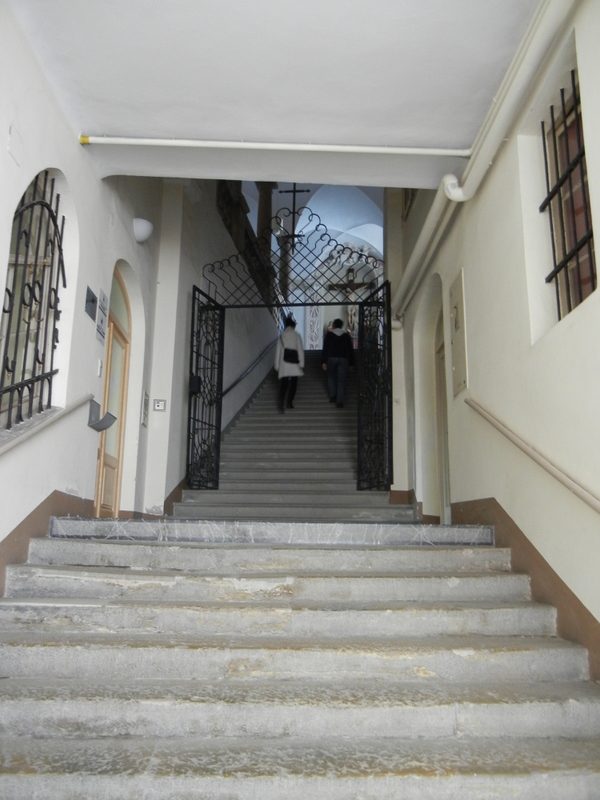
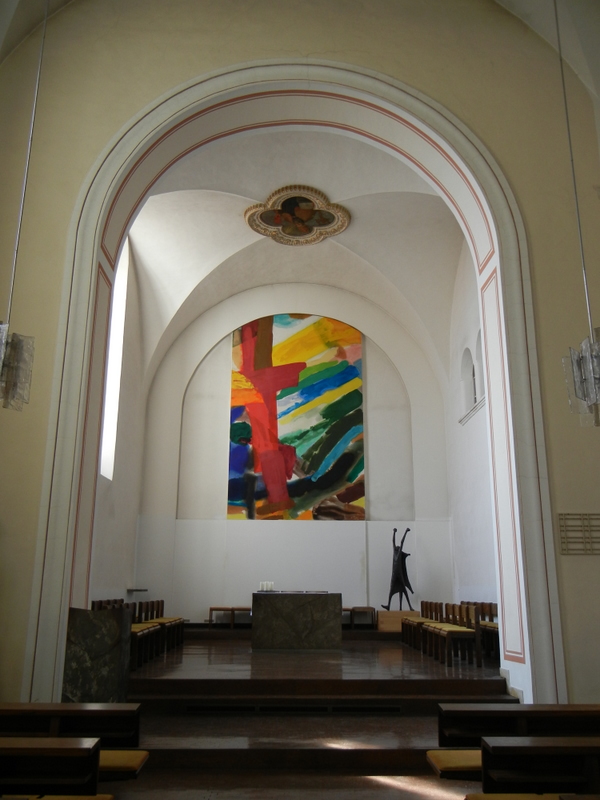
totally modernistic inside!
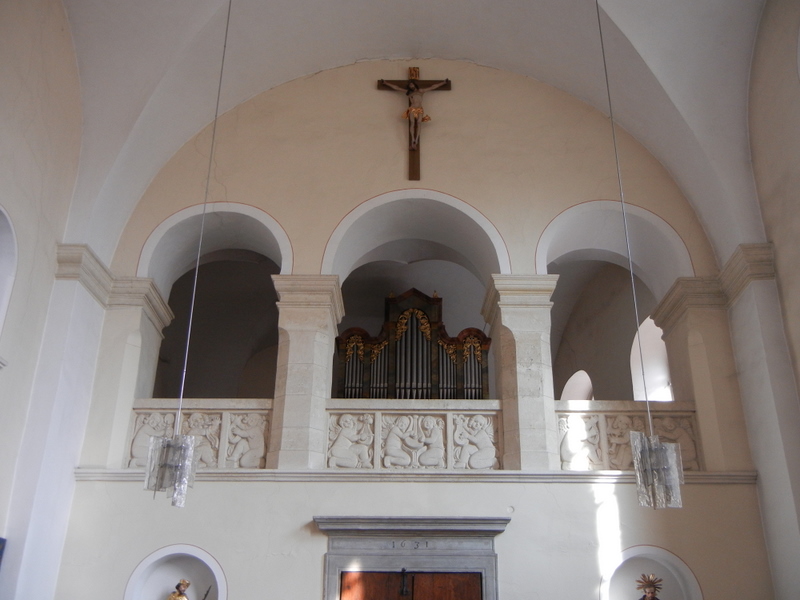
with some beautiful old elements preserved
Graz has more courtyards than almost any city in Austria. Not all of them are accessible. This one dates back to 1630.
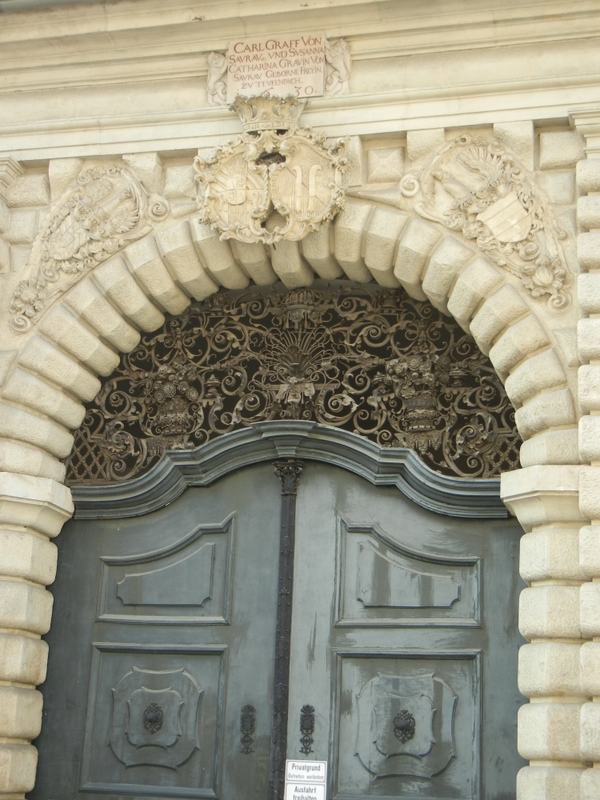
So, finally we find the way up to the Schloß.
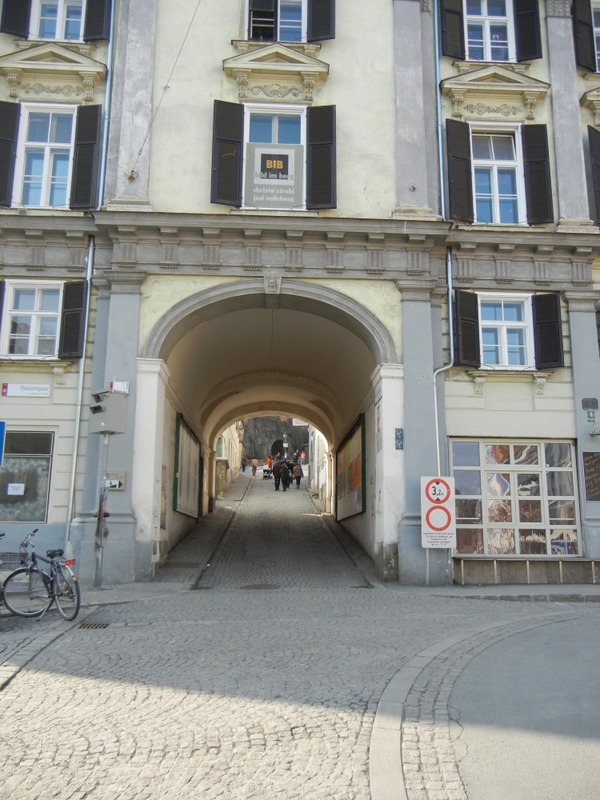
it's uphill all the way!
It’s a steep incline all the way up! And this is the easy route!
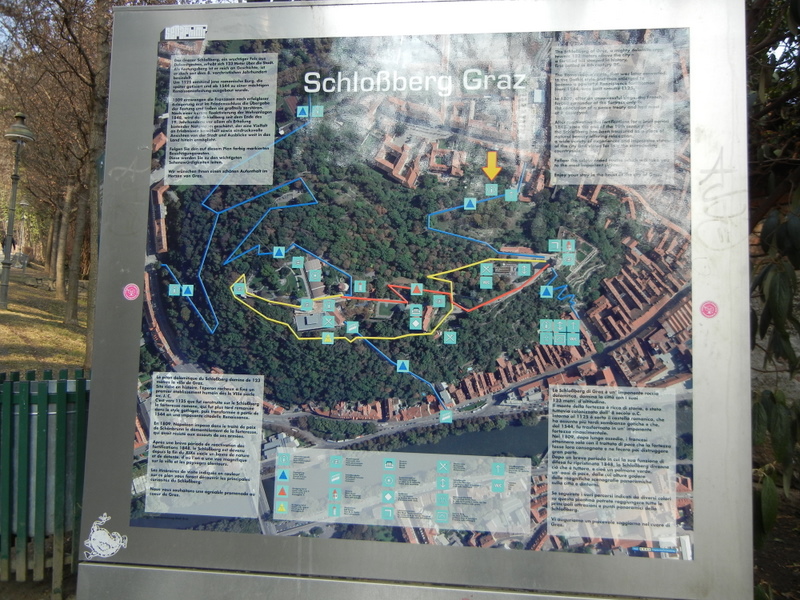
layout of the schloß area--it is actually quite forested all the way up and also on top!
It is a beautiful day for a walk!

old gutter system, castle fortifications on right
There are actually apartments on the road up to the Castle!
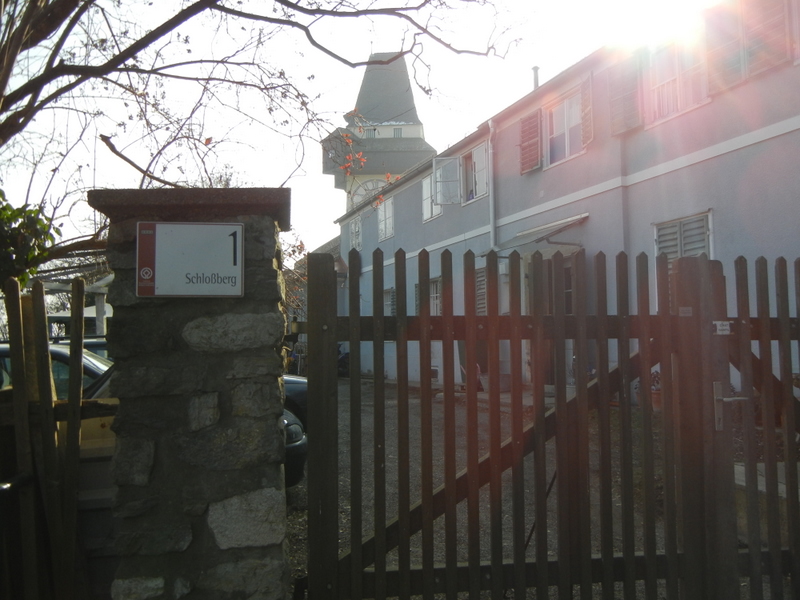
How would you like to have this address?
Once you get to the top, the views just get better and better. The castle itself is pretty much gone…only a few elements remain, but now it is a wonderful venue for walking, sunning, eating (2 restaurants) and enjoying the view (through the haze).
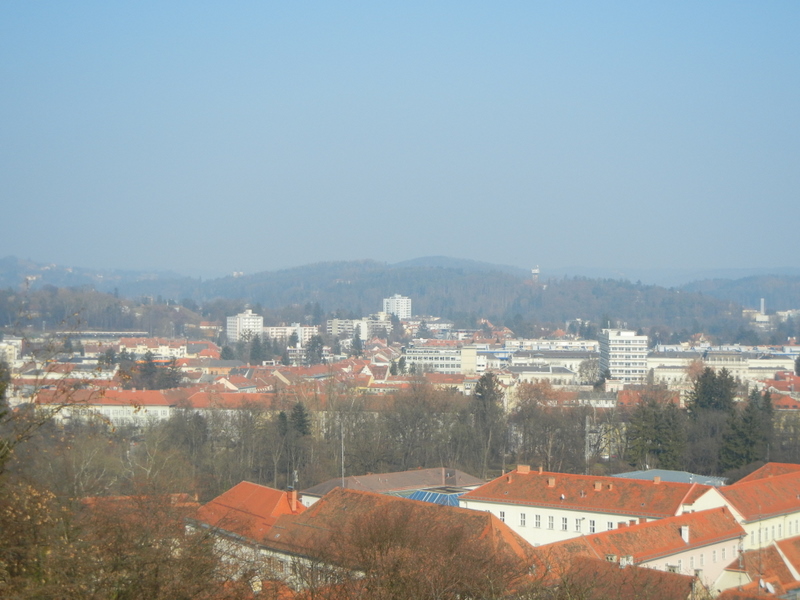
view from the castle, looking east. Just left of the middle of the photo, you can see the faraway spires of the Mariatrost church sticking up. That's the general direction of our place!
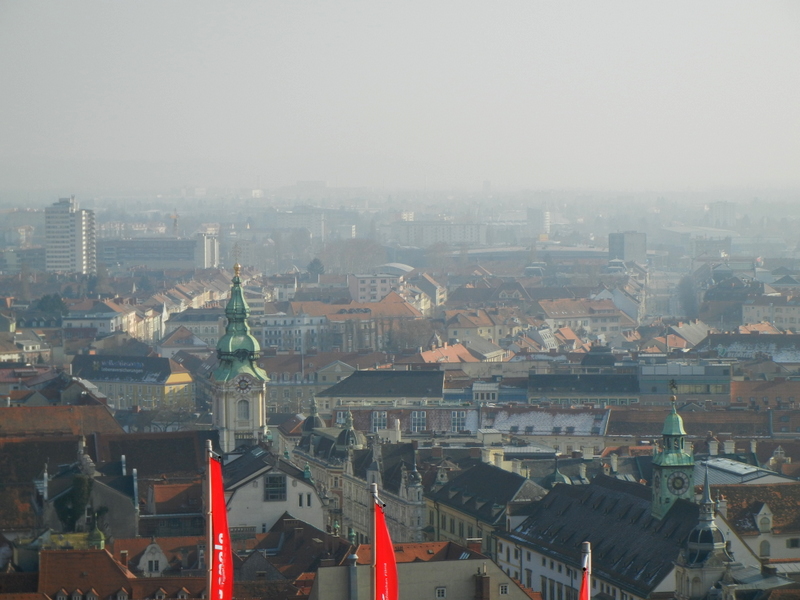

great place to catch some rays and some zzzz's
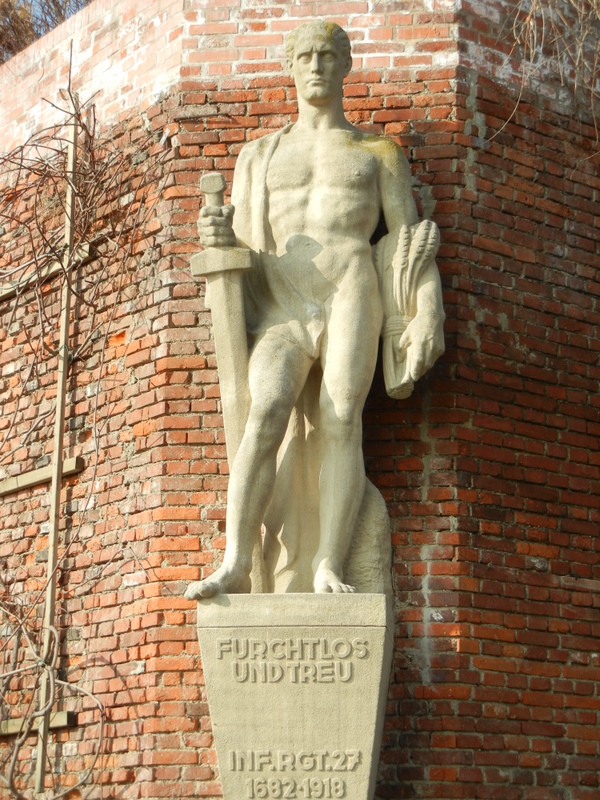
"fearless and faithful" (not sure exactly what this refers to....more research needed!)
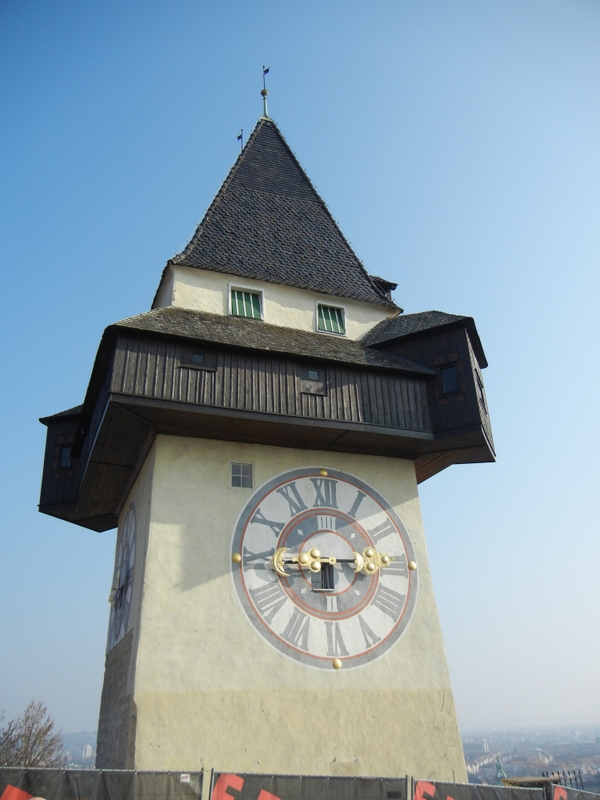
the clock tower--28 meters high, it strikes the hour with precision, and since 1712. Originally it was a medieval defense tower, slightly remodeled in 1560.
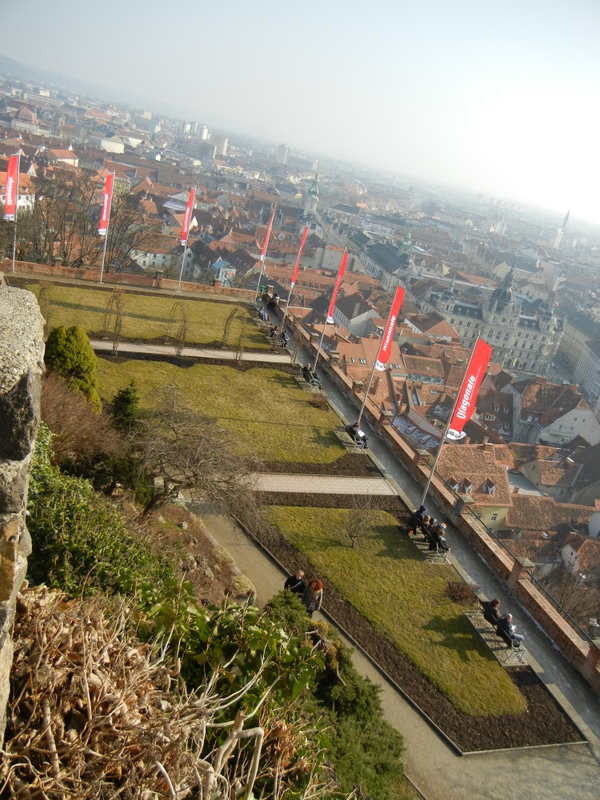
The castle area is multi-level. We're up high looking down on park!
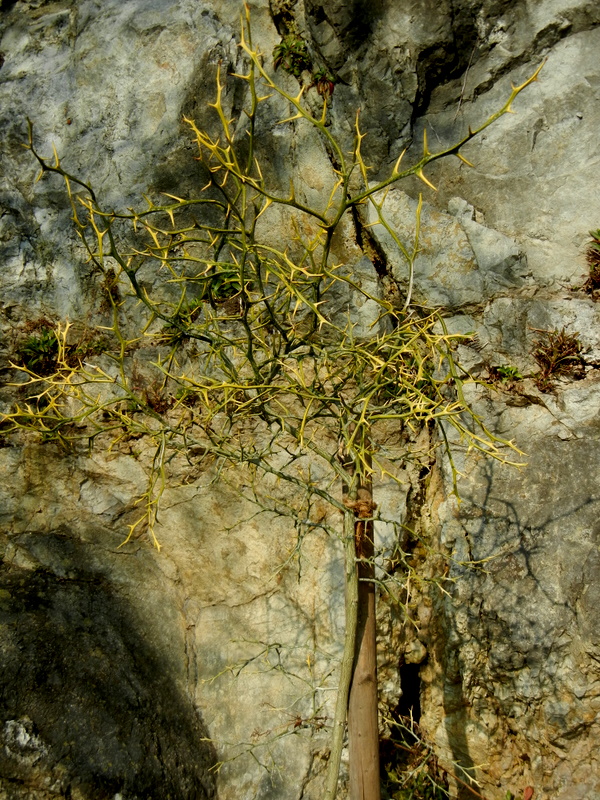
interesting tree in front of remaining bits of the original castle walls
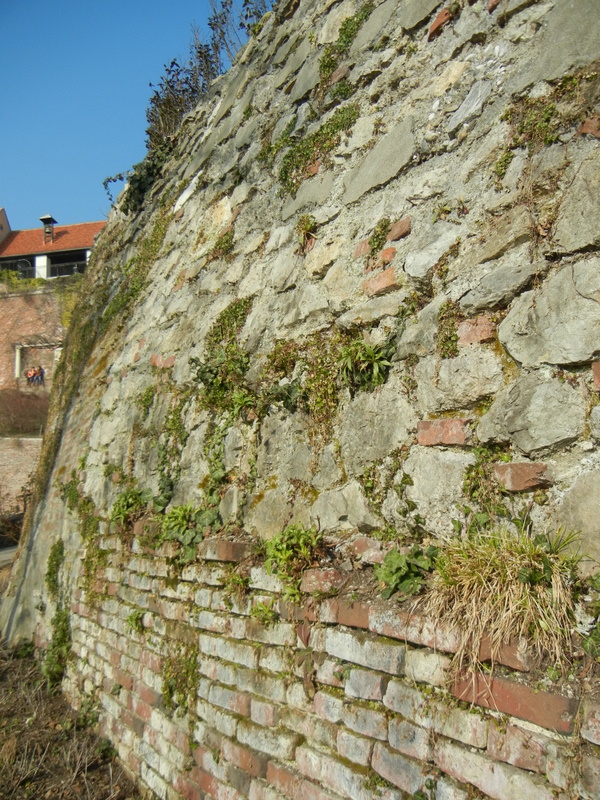
more of the castle walls (brick part added later)
Of course, since we have a hydrogeologist here, we must have this next photo! The Turkish Well was constructed from 1554-1558. It’s a 94 meter hand dug well down to the groundwater of the Mur River, in order to be able to provide enough water during prolonged sieges. The name, given in the 19th century, is said to be because there were Turkish prisoners digging it.
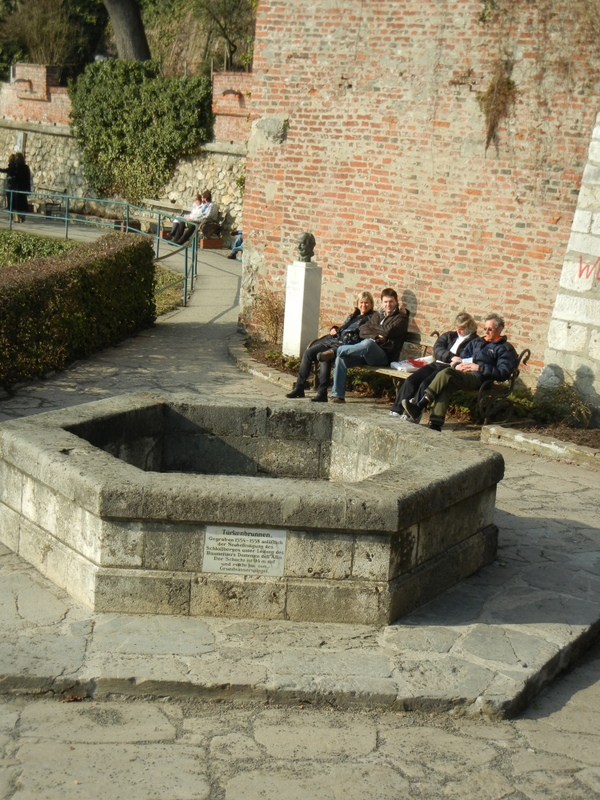
the Turkish Well
Up until 1787, there were four alarm cannons to warn the populace of approaching enemies and fires and housed in the armory of the castle. They were called the “Four Evangelists”. Oh dear. What would Jesus say?
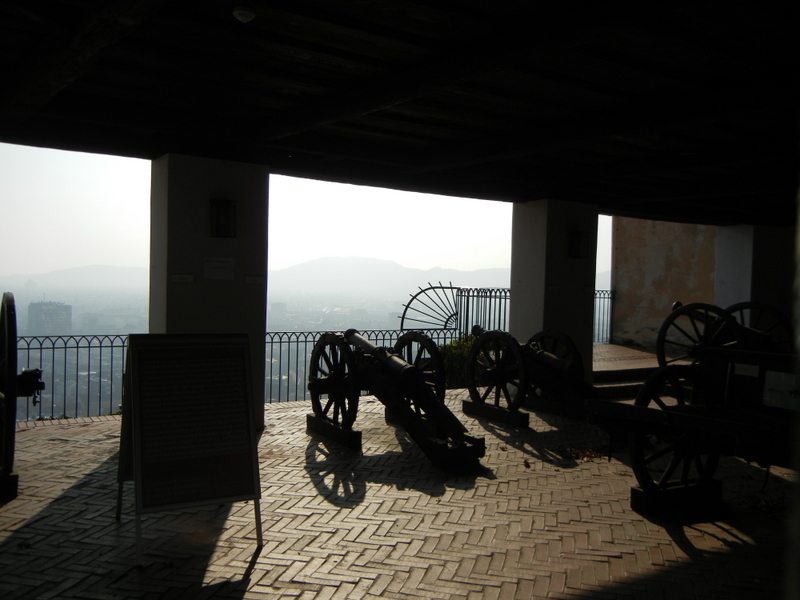
Cannons fell into French hands anyway, in 1809. So much for early warning. These are smaller cannons and ceremonial only. (I hope)
From the very highest point of the castle, the view is truly spectacular. We’re looking down on the Murinsel, a floating ‘shell’ created by Vito Acconci (N.Y.), which links two sides of the Mur by footbridges. Inside are a cafe and an amphitheater.
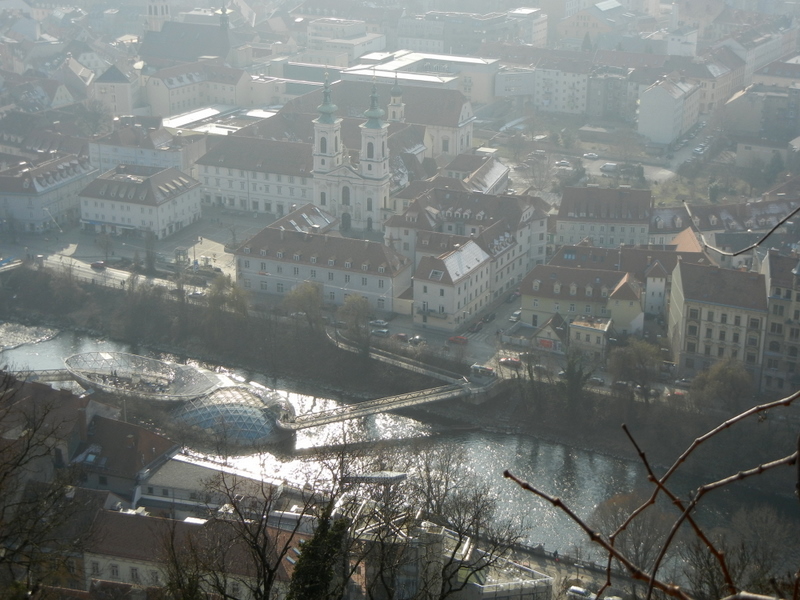
The Murinsel
The Bell Tower is the other really tall structure left of the castle and fort. It dates back to the 11th century but has undergone some renovations and weathering!
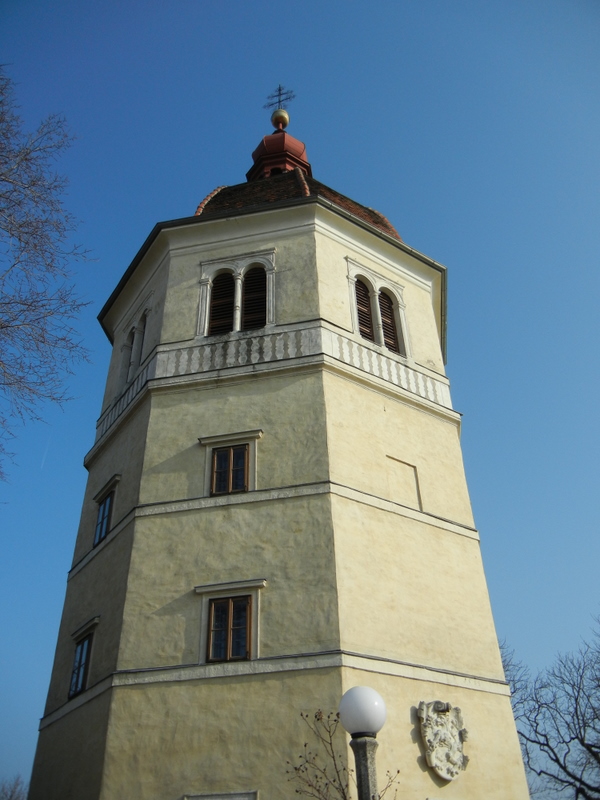
The Bell Tower with St. Thomas Chapel
Graz has a lot of churches and it seems most of them have bells! They ring at 7 AM, at Noon and at 6 PM—it is a gorgeous sound!

- Area once for prisoners, now a concert venue!
Gardens are abundant in the several park areas on the Castle grounds. Looks like spring is just beginning to arrive!
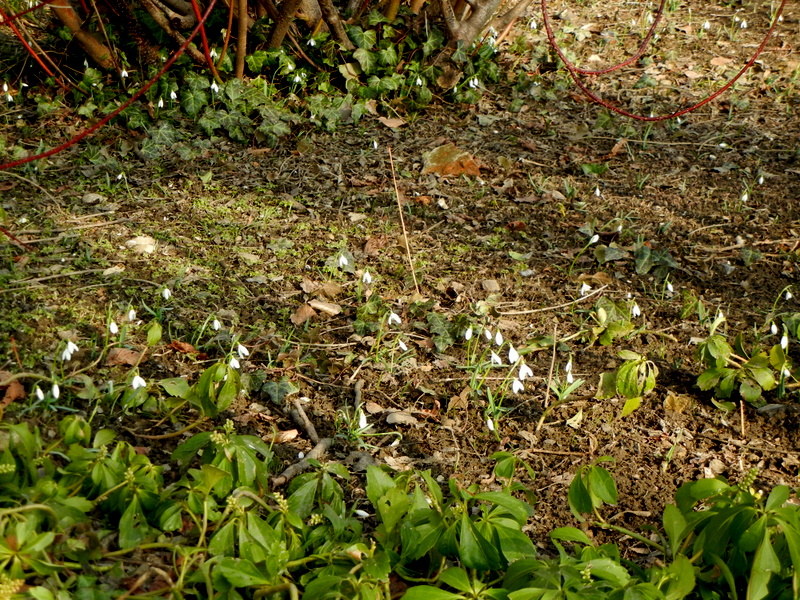
snowdrops!
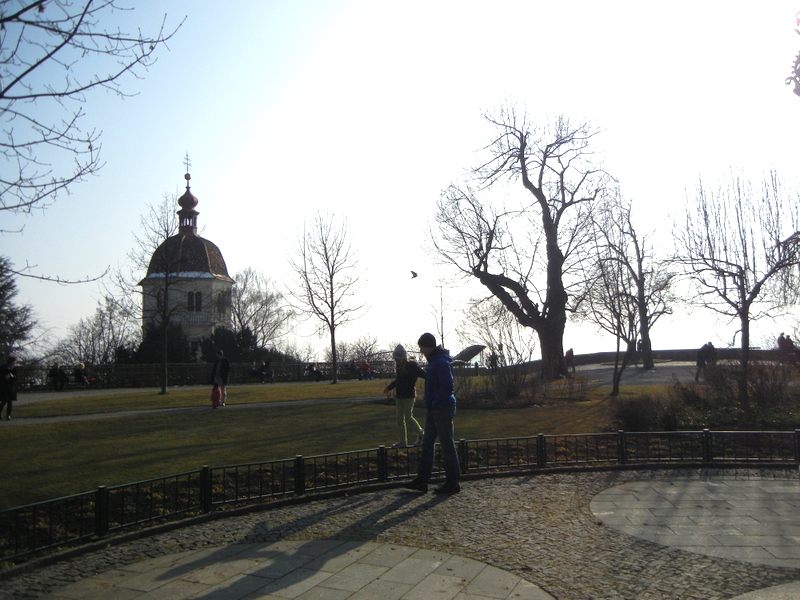
everywhere, the same!
Water feature alert! The Great Well, actually a Cistern, was built between 1544 and 1547, contains 5 well shafts arranged in a circle and holding 900,000 litres of water. Rainwater was ducted, filtered and collected by communicating well-shafts. Today this serves as a stand-by water reservoir for fire-fighters.
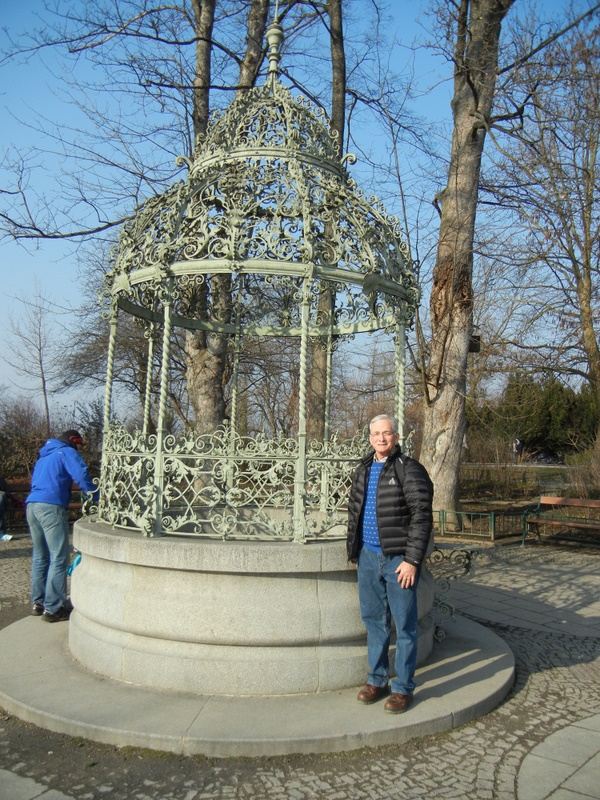
The Great Well (Cistern)
The way down is infinitely easier and still beautiful.

Some surprises in the trees. You know us, you have to know we have our binoculars with us AT ALL TIMES!
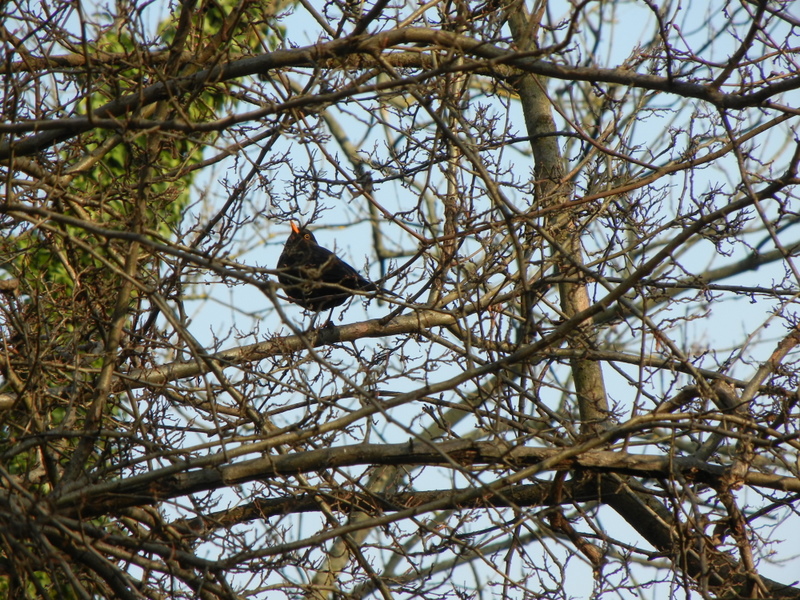
a blackbird
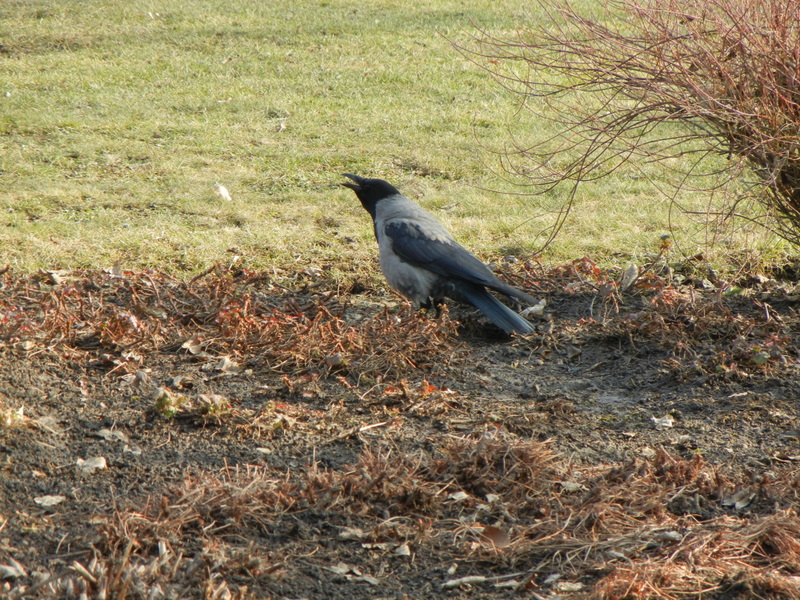
Hooded Crow
This is one of the best strollers we’ve seen! We decided that if this were sold in the US, it’d never fly because the little step for standing on would be deemed too dangerous!
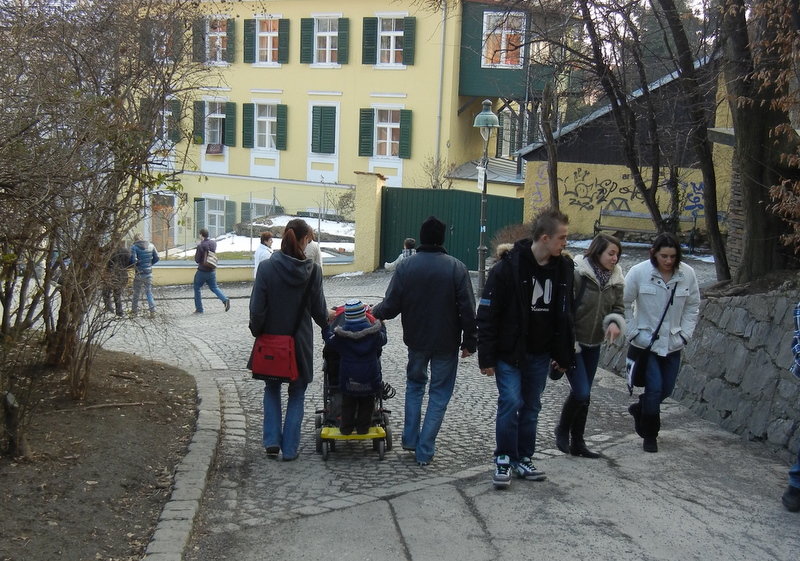
Before we reached the bottom, we came to a tunnel: enter at your own risk. We took the risk. This is a passageway – a shortcut – underneath the castle/fort complex. Now it houses the little railway one can take up to the top. (What?? That’s ok, we needed the exercise after the huge Greek lunch we had had!) It was constructed during World War II and could house up to 50,000 people during air-raids. 15% of the buildings in Graz were damaged or destroyed by bombing…not such a high percentage compared with some cities. This has to be one of the most unique tunnels ever. Mozart’s music playing all the way through!!!!
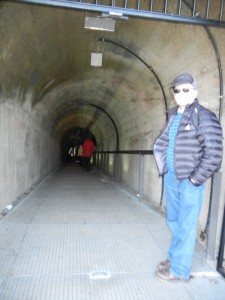
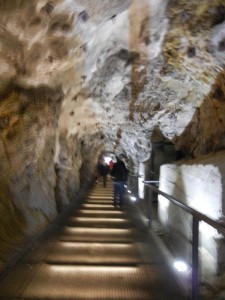

one of the side tunnels for waiting out the bombs
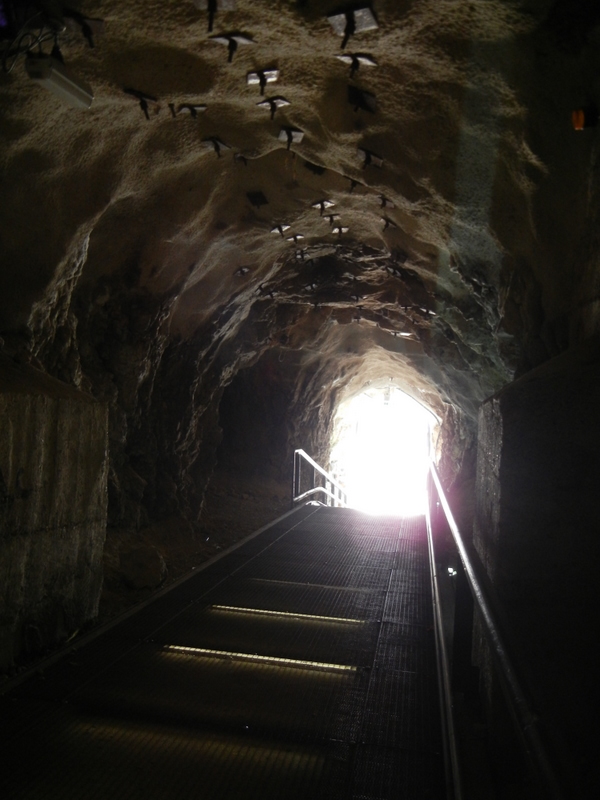
light at the end of the tunnel!
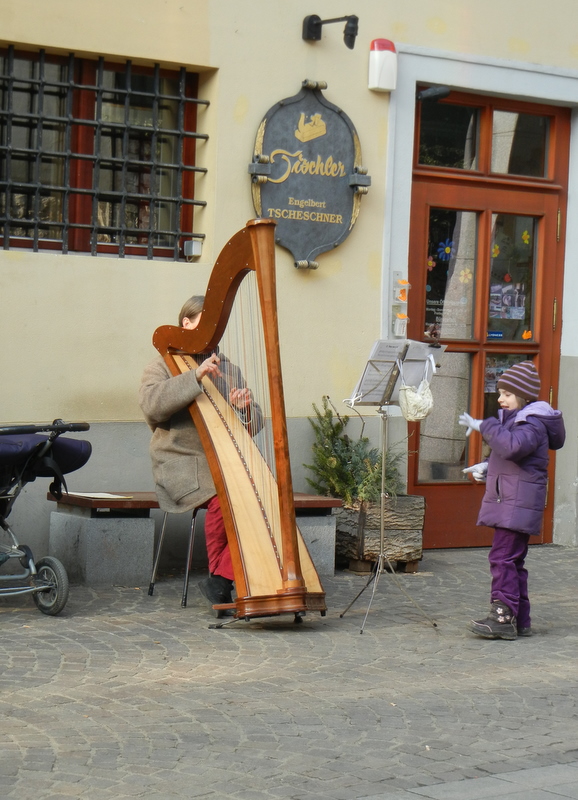
street musician, a harpist
As we emerged from the tunnel, we were greeted by yet another unique street musician, this time a harpist! The little girl is giving her some money. As I am snapping away, Bill says, “you are missing the real picture, turn around.”
And here is where we were…and yet another way to get up!
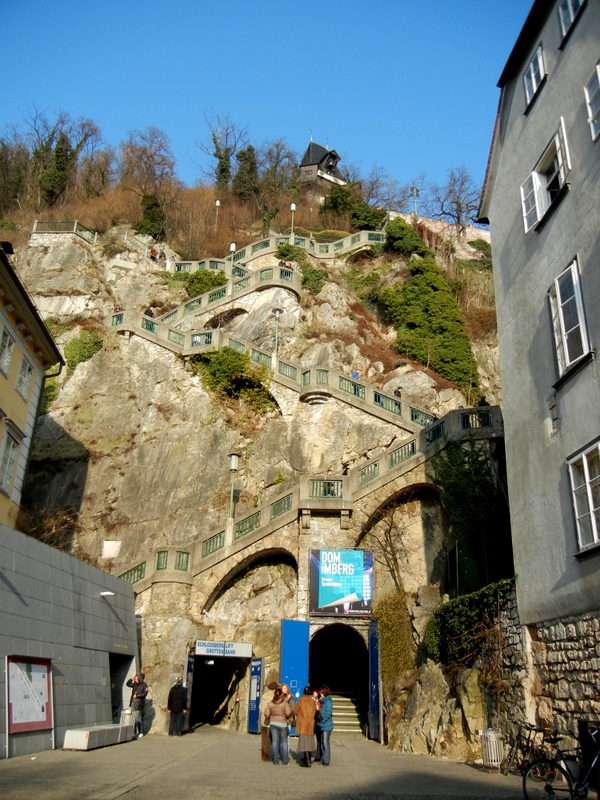
the stairs up to the schloss
And so, we made our way home but not before running into the iconographic Austrian store, Swavorski, maker of fine crystal. This has to be the only store I have ever seen with crystals embedded into the entrance doors!
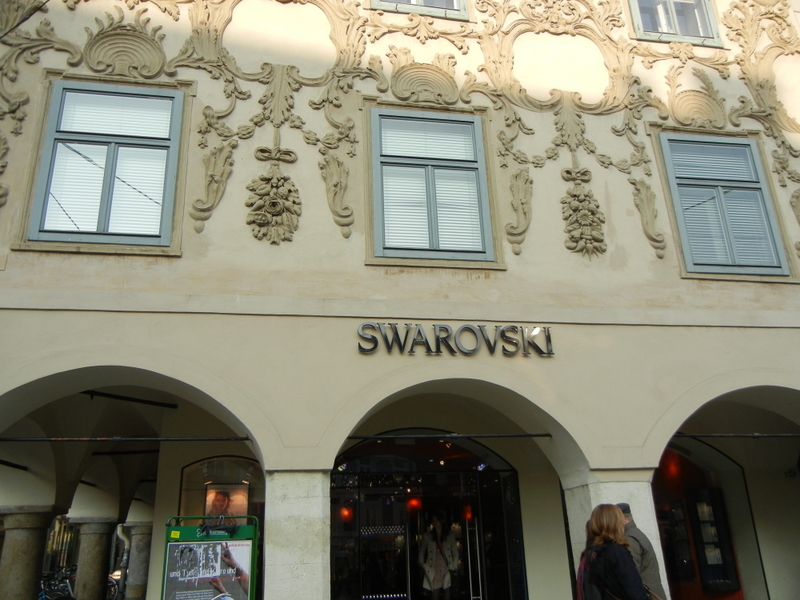
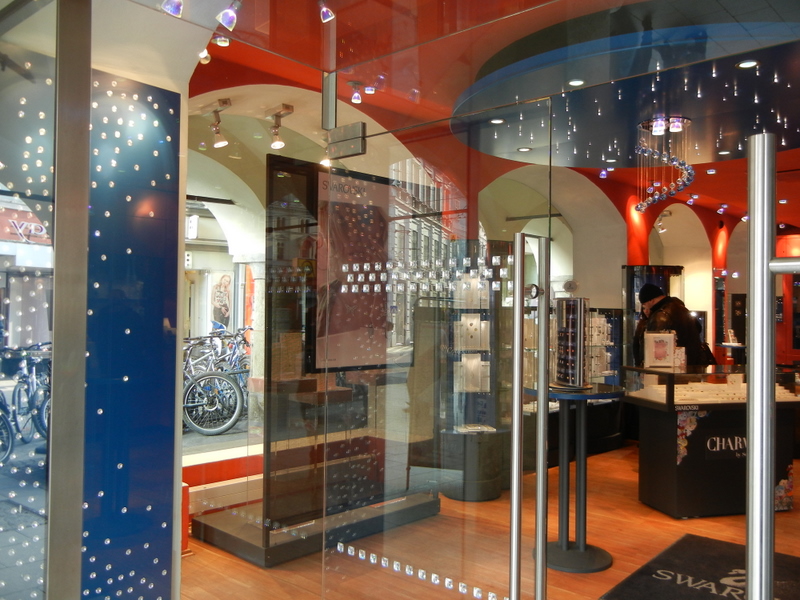
Crystals absolutely everywhere! Next time I will go inside!
That’s our day at the Schloss. More adventures to come, I am sure. Thanks, as always, for reading!

